If you ever wondered why the progress in cancer research is so slow despite billions being invested into basic research – Sholto David will show you why.
Forget Asian papermills. Forget Sicilian universities. They are just emulating what the most prestigious US research institutions teach. And you can’t get any more prestigious than Harvard and its Dana Farber Cancer Institute.
Memorial Sloan Kettering Paper Mill
“Why do successful and apparently intelligent surgeons feel the need to play pretend at biology research? Has Sam S. Yoon ever performed an invasion or migration assay? […] if this is how he “supervises” his research does anyone trust his supervision of surgery?” – Sholto David
Well, the level of data forgery is pathetically amateurish and excessive. So much that we could only include a fraction of it into this article, you will have to search Ken Anderson, Bill Hahn and other protagonists on PubPeer to see how bad it all really is. In fact, it is worse, because we only see the tiny tip of the fraud iceberg – image data duplications, the last resort of a failed scientist after every other trick failed to provide the desired result. Billions of dollars were burned for this cancerous trash science, but it made many academic careers, some got very rich, and entire dynasties established themselves at Dana Farber.
None of Dana Farber researchers mentioned in this article replied when asked to comment on their PubPeer records.

Dana-Farberications at Harvard University
By Sholto David
As the whole world furiously argues over whether the president of Harvard did or didn’t use some quotation marks in the right place, scientists at the affiliated Dana-Farber Cancer Institute (DFCI) must breathe a sigh of relief, no one has bothered to critically read their research in years! Far worse skeletons than plagiarism lurk in the archives…
Laurie H. Glimcher
Starting with Laurie H. Glimcher, who is the President and CEO of the DFCI. No doubt Laurie built her career on papers like this one, in Nature Immunology (2003), which includes some impressive contributions to art, but perhaps not to science.
Neal N. Iwakoshi, Ann-Hwee Lee, Prasanth Vallabhajosyula, Kevin L. Otipoby, Klaus Rajewsky, Laurie H. Glimcher Plasma cell differentiation and the unfolded protein response intersect at the transcription factor XBP-1 Nature Immunology (2003) doi: 10.1038/ni907
Maybe the coauthor Klaus Rajewsky could issue a correction blaming the updated western blot hardware this time (as opposed to “updated FlowJo software“).
Academic Dynasties: meet the Nussenzweigs
Star scientists Michel and Andre Nussenzweig come from a famous family of immunologists. Clare Francis looked at some of their papers.
Laurie has a curious attitude to correcting her work, although she has replied to one of my less critical comments, she neglected to respond to the above issue (despite prompting); and for the following duplicated flow cytometry plots, she provided this dismissive response:
“You should reach out to Dr. Hidde Ploegh- the first author, Dr. Boaz Tirosh was in his laboratory.”
Well Laurie, it’s your paper, if you care about it being correct, you could very well reach out yourself!
Boaz Tirosh, Neal N. Iwakoshi, Laurie H. Glimcher, Hidde L. Ploegh XBP-1 specifically promotes IgM synthesis and secretion, but is dispensable for degradation of glycoproteins in primary B cells The Journal of Experimental Medicine (2005) doi: 10.1084/jem.20050575
Laurie co-authored several papers with Claudio Hetz. This “star neuroscientist” was investigated by his university, which released a damning report, accusing Hetz of recklessness, negligence, and a problematic attitude to research ethics. Hetz simply expressed regret that he didn’t have access to a better version of Photoshop to more convincingly manipulate his images.
The Claudio Hetz Blues
“…Dr. Hetz seems rather to regret that he did not have better tools for editing the figures, so that the undeclared interventions would have gone unnoticed.” – University of Chile investigative report.
In February 2020 Laurie claimed on PubPeer that she had not been made aware of what happened with Hetz’s papers (perhaps she should subscribe to For Better Science email alerts!). In any case this discovery did not prompt her into action, by 2023, only one of the four papers tagged on PubPeer with her and Hetz as co-authors has received a reply from her, and none have been corrected or retracted. For example, this undergraduate level error of miscounted western blot lanes remains in the scientific record, without comment or correction, in the prestigious journal Science, no less:
Claudio Hetz, Paula Bernasconi, Jill Fisher, Ann-Hwee Lee, Michael C. Bassik , Bruno Antonsson, Gabriel S. Brandt, Neal N. Iwakoshi, Anna Schinzel, Laurie H. Glimcher, Stanley J. Korsmeyer Proapoptotic BAX and BAK modulate the unfolded protein response by a direct interaction with IRE1alpha Science (2006) doi: 10.1126/science.1123480
The above paper has generated a lengthy PubPeer thread, discussing multiple splices in the supplementary figures.
William C. Hahn (Bill)
The very next entry on the DFCI leadership page is Laurie’s deputy, William C. Hahn who is the Executive Vice President and Chief Operating Officer, as well as a member of the Broad Institute of MIT and Harvard. While Laurie has a few troubling papers and a lamentable attitude to rectifying these errors, Bill has a far more impressive PubPeer record, including 30 search results, with eighteen pertaining to problematic images. Bill is the former postdoc of Robert Weinberg, owner of an impressive PubPeer record too.
The wizard men curing breast cancer
A breast cancer foundation celebrates its research heroes. Read now here about how great US scientists from Harvard, MIT, Weill Cornell and MD Anderson cure cancer.
Bill contributed this calamitous effort to the journal Cancer Research in 2005.
Wen Chen, Jason D. Arroyo, Jamie C. Timmons, Richard Possemato, William C. Hahn Cancer-Associated PP2A Aα Subunits Induce Functional Haploinsufficiency and Tumorigenicity Cancer Research (2005) doi: 10.1158/0008-5472.can-05-1103
I would encourage anyone interested to look carefully at the blots, the edges very clearly show that these are not merely bands with similar shapes, but the same bands copied and pasted.
The Sex Privileges of mTORman David Sabatini
“The Plaintiff is Professor Sabatini […] the self-described powerful senior scientist, who had demanded sex of her when she was a graduate student ending her studies and about to start a fellowship at the Whitehead, in a program Sabatini would direct. […] And it is the man who had made it clear – throughout her…
The stench of the sacked MIT professor David M. Sabatini is never far from these discussions. Bill co-authored a 2006 paper in Cell with Sabatini, and also with MIT’s Eric Lander, who was previously Joe Biden’s top science adviser, but resigned following reports of bullying and misogyny.
Jason Moffat, Dorre A. Grueneberg, Xiaoping Yang, So Young Kim, Angela M. Kloepfer, Gregory Hinkle, Bruno Piqani, Thomas M. Eisenhaure, Biao Luo, Jennifer K. Grenier, Anne E. Carpenter, Shi Yin Foo, Sheila A. Stewart, Brent R. Stockwell, Nir Hacohen, William C. Hahn, Eric S. Lander, David M. Sabatini, David E. Root A Lentiviral RNAi Library for Human and Mouse Genes Applied to an Arrayed Viral High-Content Screen Cell (2006) doi: 10.1016/j.cell.2006.01.040
Bill’s PhD student Richard Possemato, also an author of the previously mentioned paper, worked at MIT with Sabatini and is now professor at New York University. The bands in yellow boxes are nearly pixel-perfect identical on close inspection.
Wen Chen, Richard Possemato, K Thirza Campbell, Courtney A Plattner, David C Pallas, William C Hahn Identification of specific PP2A complexes involved in human cell transformation Cancer Cell (2004) doi: 10.1016/s1535-6108(04)00026-1
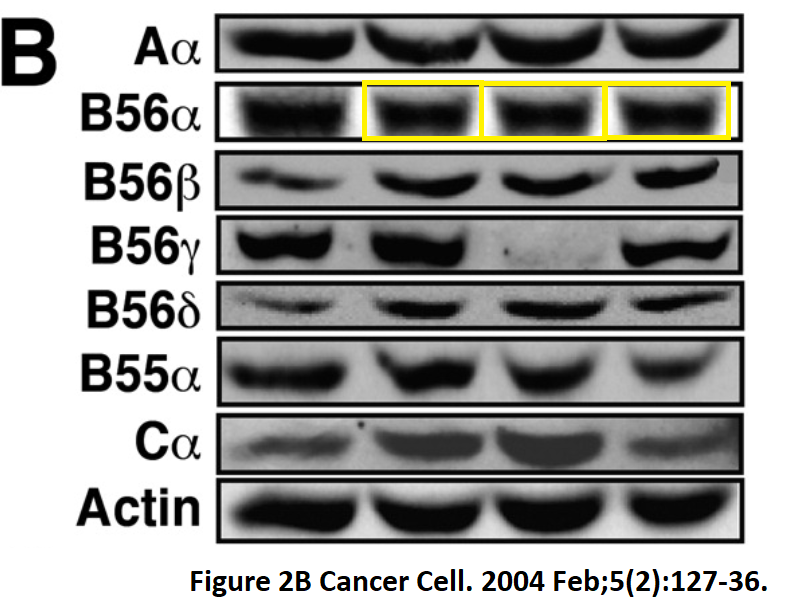
We can quickly complete the Cell, Nature, Science trifecta for this blog post with another collaboration between Bill and Sabatini published in Nature which includes duplicated flow cytometry histograms, sensibly tucked away in the supplementary data. James E. Bradner (formerly executive committee member of Novartis, and just last week announced as the new chief scientific officer of Amgen) earns another mention on For Better Science.
Scott R. Floyd, Michael E. Pacold, Qiuying Huang, Scott M. Clarke, Fred C. Lam, Ian G. Cannell, Bryan D. Bryson, Jonathan Rameseder, Michael J. Lee, Emily J. Blake, Anna Fydrych, Richard Ho, Benjamin A. Greenberger, Grace C. Chen, Amanda Maffa, Amanda M. Del Rosario, David E. Root, Anne E. Carpenter, William C. Hahn, David M. Sabatini, Clark C. Chen, Forest M. White, James E. Bradner, Michael B. Yaffe The bromodomain protein Brd4 insulates chromatin from DNA damage signalling Nature (2013) doi: 10.1038/nature12147
This is not the only duplication of flow cytometry histograms published by Bill; another was previously identified by Elisabeth Bik:
Sheila A Stewart, Derek M Dykxhoorn, Deborah Palliser, Hana Mizuno, Evan Y Yu, Dong Sung An, David M Sabatini, Irvin S Y Chen, William C Hahn, Phillip A Sharp, Robert A Weinberg, Carl D Novina Lentivirus-delivered stable gene silencing by RNAi in primary cells RNA (2003)
doi: 10.1261/rna.2192803
Bill apparently collects collaborations with longevity weirdos, including this paper with another obnoxious David: the Harvard professor David A. Sinclair. Something was clumsily hidden by cloning a rectangular section from a nearby lane. What was concealed? We will likely never know, but at least one of the authors must have felt it was important enough to hide.
Ron Firestein, Gil Blander, Shaday Michan, Philipp Oberdoerffer, Shuji Ogino, Jennifer Campbell, Anupama Bhimavarapu, Sandra Luikenhuis, Rafael De Cabo, Charles Fuchs, William C. Hahn, Leonard P. Guarente, David A. Sinclair The SIRT1 deacetylase suppresses intestinal tumorigenesis and colon cancer growth PLoS ONE (2008) doi: 10.1371/journal.pone.0002020
This finding was previously mentioned on For Better Science when discussing the work of Leonard Guarente, Sinclair’s mentor:
The original sins of Leonard Guarente
“Without specific and credible allegations of research misconduct, MIT is unable to take any action.”
In his quest to befriend anti-aging cheaters, Bill has also travelled to Germany, where he collaborated with the shooting star Karl Lenhard Rudolph (who later became the nation’s most famous zombie scientist).
Karl Lenhard Rudolph barred from DFG funding for 2 years, as supportive peers flock to his conference
More bad news for Karl Lenhard Rudolph: misconduct findings and 2 year funding ban from DFG. Good news: the international scientific community stands to him in solidarity, no retractions, even some corrections won’t be implemented.
The following paper stems from Rudolph’s time at Hannover Medical School, and it was therefore not part of the 2016 misconduct investigation by the Leibniz Association. The penultimate author is Hannover Medical School’s current president, Michael P. Manns.
A Satyanarayana, R A Greenberg, S Schaetzlein, J Buer, K Masutomi, W C Hahn, S Zimmermann, U Martens, M P Manns, K L Rudolph Mitogen stimulation cooperates with telomere shortening to activate DNA damage responses and senescence signaling Molecular and Cellular Biology (2004) doi: 10.1128/mcb.24.12.5459-5474.2004
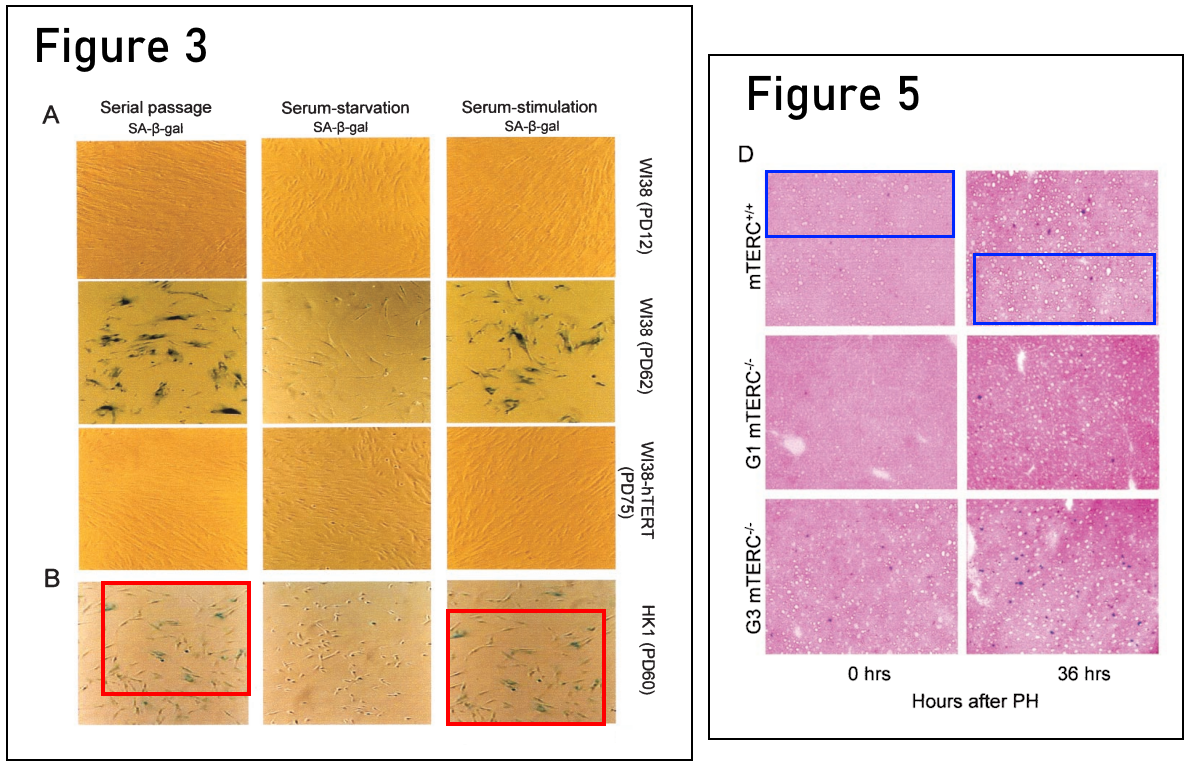
Bill works with lots of prestigious collaborators, Massimo Loda is the current Editor-in-Chief of Molecular Cancer Research, an AACR journal (a publisher you can find frequently in this blog post).
AACR deploys Massimo Loda on a mission to cure cancer
Meet Massimo Loda, the new EiC of Molecular Cancer Research. Not despite, but because of his PubPeer record. Also meet his partner Michele Pagano!
Raanan Berger, Phillip G. Febbo, Pradip K. Majumder, Jean J. Zhao, Shayan Mukherjee, Sabina Signoretti, K. Thirza Campbell, William R. Sellers, Thomas M. Roberts, Massimo Loda, Todd R. Golub, William C. Hahn Androgen-induced differentiation and tumorigenicity of human prostate epithelial cells Cancer Research (2004) doi: 10.1158/0008-5472.can-04-2938

Worth mentioning that Thomas M. Roberts is another DFCI researcher and Harvard professor, and so is his former postdoc Jean Zhao; they have a PubPeer record of their own, with and without Bill.
Here is Bill with another DFCI colleague, James DeCaprio:
Anna A. Sablina, Wen Chen, Jason D. Arroyo, Laura Corral, Melissa Hector, Sara E. Bulmer, James A. DeCaprio, William C. Hahn The tumor suppressor PP2A Abeta regulates the RalA GTPase Cell (2007) doi: 10.1016/j.cell.2007.03.047

In 2020, DeCaprio corrected a Nature Cell Biology paper Park et al 2020 because “the western blot image for VINC in Fig. 3g was a duplicate of that for LSD1.” So duplicated blots should be corrected? Plenty of work to be done in that regard!
Another impressive titan of industry, Bill published with current Head of Global Product Development and Chief Medical Officer of Roche, Levi Garraway in 2011.
Nikhil Wagle, Caroline Emery, Michael F. Berger, Matthew J. Davis, Allison Sawyer, Panisa Pochanard, Sarah M. Kehoe, Cory M. Johannessen, Laura E. MacConaill, William C. Hahn, Matthew Meyerson, Levi A. Garraway Dissecting therapeutic resistance to RAF inhibition in melanoma by tumor genomic profiling Journal of Clinical Oncology (2011)
doi: 10.1200/jco.2010.33.2312

But don’t rush to alert Roche, their former Global Head of Pharma Research and Early Development was John C Reed, who was previously at Sanofi, and is now at Johnson & Johnson. Good to know that in Big Pharma research is in such safe hands.
Sanofi R&D Head John Reed knows how to science
In 2018, the pharma giant Sanofi appointed with John Reed a new R&D head. Apparently Sanofi does not believe in PubPeer.
More troubling western blots in motion at DFCI, with Bill as the penultimate author.
Hailing Cheng, Pixu Liu, Zhigang C Wang, Lihua Zou, Stephanie Santiago, Victoria Garbitt, Ole V Gjoerup, J Dirk Iglehart, Alexander Miron, Andrea L Richardson, William C Hahn, Jean J Zhao SIK1 couples LKB1 to p53-dependent anoikis and suppresses metastasis Science Signaling (2009)
doi: 10.1126/scisignal.2000369
And finally for Bill, another paper in Nature, with Bob Weinberg, containing multiple splices, and a mirrored band (I also think the migration of the Large-T bands seems unusual). This paper has over 3000 citations… So probably nothing urgent here for Nature to address?
William C. Hahn, Christopher M. Counter, Ante S. Lundberg, Roderick L. Beijersbergen, Mary W. Brooks, Robert A. Weinberg Creation of human tumour cells with defined genetic elements Nature (1999) doi: 10.1038/22780

Irene M. Ghobrial
Moving on to Irene M. Ghobrial, who is the Senior Vice President for Experimental Medicine at DFCI. Irene works on multiple myeloma, frequently publishing with her DFCI colleagues Kenneth C. Anderson, Nikhil C. Munshi, Teru Hideshima, Ruben Carrasco, and Yu-Tzu Tai.
What kind of research has elevated Irene to her current position?
In 2012 this epic fail was published, Irene gained ethical approval to aspirate bone marrow from cancer patients and healthy volunteers, but Figure 1 includes three obvious duplications.
Feda Azab, Abdel Kareem Azab, Patricia Maiso, Teresa Calimeri, Ludmila Flores, Yang Liu, Phong Quang, Aldo M. Roccaro, Antonio Sacco, Hai T. Ngo, Yong Zhang, Brittany L. Morgan, Ruben D. Carrasco, Irene M. Ghobrial Eph-B2/ephrin-B2 interaction plays a major role in the adhesion and proliferation of Waldenstrom’s macroglobulinemia Clinical Cancer Research (2012)
doi: 10.1158/1078-0432.ccr-11-0111
Wouldn’t the volunteers be furious after undergoing such an invasive procedure? Can the data from a paper like this ever be rehabilitated?
Just like hapless Chinese papermills, Harvard scientists struggle with images of crystal violet stained cells. Perhaps this method is just cursed?
Paola Neri, Li Ren, Abdel Kareem Azab, Matthew Brentnall, Kathy Gratton, Alexander C. Klimowicz, Charles Lin, Peter Duggan, Pierfrancesco Tassone, Adnan Mansoor, Douglas A. Stewart, Lawrence H. Boise, Irene M. Ghobrial, Nizar J. Bahlis Integrin β7-mediated regulation of multiple myeloma cell adhesion, migration, and invasion Blood (2011) doi: 10.1182/blood-2010-06-292243
Another blunder in troublesome migration and invasion experiments was published with John Crown, an Irish politician and member of the 24th Seanad at the time this paper was submitted.
Claire Corcoran, Sweta Rani, Susan Breslin, Martina Gogarty, Irene M Ghobrial, John Crown, Lorraine O’Driscoll miR-630 targets IGF1R to regulate response to HER-targeting drugs and overall cancer cell progression in HER2 over-expressing breast cancer Molecular Cancer (2014)
doi: 10.1186/1476-4598-13-71
Like her colleagues mentioned above, Irene also has trouble with counting, how many Harvard researchers does it take to count to seven I wonder?
Alissa Huston, Xavier Leleu, Xiaoying Jia, Anne-Sophie Moreau, Hai T. Ngo, Judith Runnels, Judy Anderson, Yazan Alsayed, Aldo Roccaro, Sonia Vallet, Evdoxia Hatjiharissi, Yu-Tsu Tai, Peter Sportelli, Nikhil Munshi, Paul Richardson, Teru Hideshima, David G. Roodman, Kenneth C. Anderson, Irene M. Ghobrial Targeting Akt and Heat Shock Protein 90 Produces Synergistic Multiple Myeloma Cell Cytotoxicity in the Bone Marrow Microenvironment Clinical Cancer Research (2008) doi: 10.1158/1078-0432.ccr-07-1299
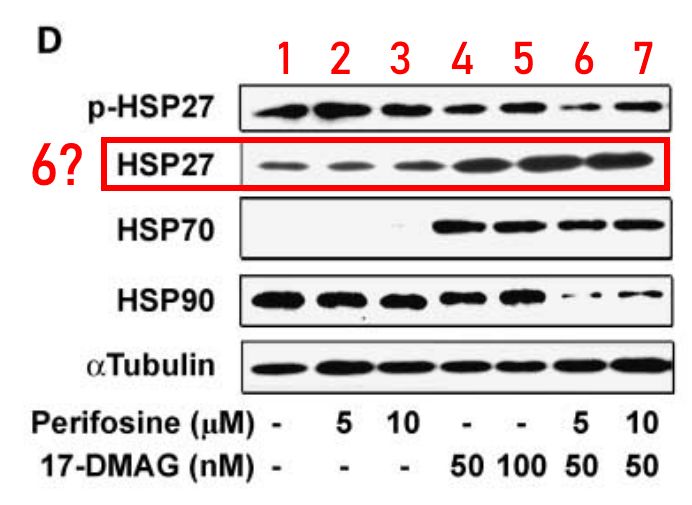
As with Bill, there are plenty of western blot duplications to enjoy, too.
Abdel Kareem Azab, Feda Azab, Simona Blotta, Costas M. Pitsillides, Brian Thompson, Judith M. Runnels, Aldo M. Roccaro, Hai T. Ngo, Molly R. Melhem, Antonio Sacco, Xiaoying Jia, Kenneth C. Anderson, Charles P. Lin, Barrett J. Rollins, Irene M. Ghobrial RhoA and Rac1 GTPases play major and differential roles in stromal cell-derived factor-1-induced cell adhesion and chemotaxis in multiple myeloma Blood (2009) doi: 10.1182/blood-2009-01-199281
Ruben Carrasco is another DFCI scientist and frequent collaborator of Irene’s. He is listed as a former postdoc of Ronald DePinho (who caused a financial catastrophe as President of MD Anderson in Texas). Read more on Ron here:
Anil Sood and other questionable stars of MD Anderson
The MD Anderson Cancer Center, part of the University of Texas and located in Houston, is a giant hub of huge cancer research money, even for US standards. They also do a lot of science there, which only purpose seems to be publishing in big journals in order to generate even more money. If there…
Abdel Kareem Azab, Phong Quang, Feda Azab, Costas Pitsillides, Brian Thompson, Triona Chonghaile, John T Patton, Patricia Maiso, Val Monrose, Antonio Sacco, Hai T Ngo, Ludmila M Flores, Charles P Lin, John L Magnani, Andrew L Kung, Anthony Letai, Ruben Carrasco, Aldo M Roccaro, Irene M Ghobrial
P-selectin glycoprotein ligand regulates the interaction of multiple myeloma cells with the bone marrow microenvironment
Blood (2012) doi: 10.1182/blood-2011-07-368050
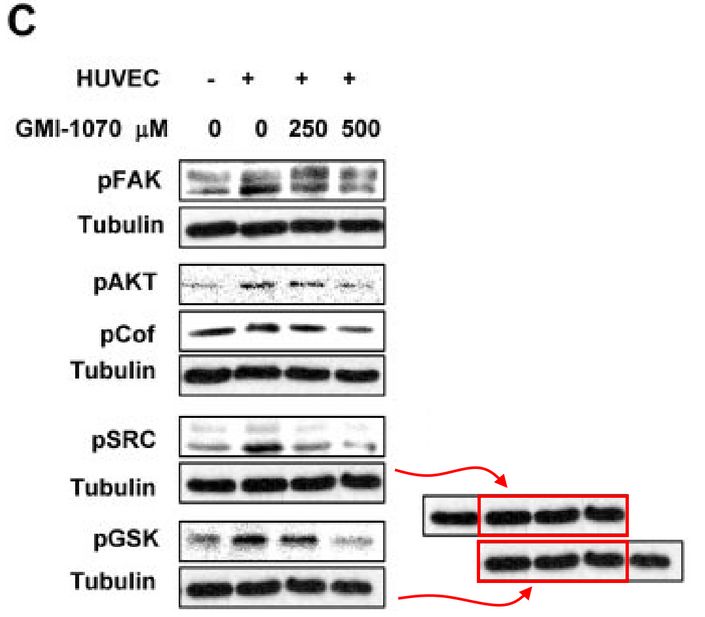
Perhaps one can only learn bad science from DePinho, who was the postdoctoral adviser for Ned Sharpless, subject of my last blog post.
Sharpless Ned, or how half a mouse died
“The President’s goal of ending cancer as we know it today is grounded, in part, in the work of scientific discovery that Ned Sharpless has led at NCI”
Who could be to blame for this supplemental silliness? The splice, which the authors did not try to hide, is hard to justify in the first place, never mind that loading controls were simply borrowed from the above blot.
Michal Bar‐Natan, Dina Stroopinsky, Katarina Luptakova, Maxwell D. Coll, Arie Apel, Hasan Rajabi, Athalia R. Pyzer, Kristen Palmer, Michaela R. Reagan, Myrna R. Nahas, Rebecca Karp Leaf, Salvia Jain, Jon Arnason, Irene M. Ghobrial, Kenneth C. Anderson, Donald Kufe, Jacalyn Rosenblatt, David Avigan Bone marrow stroma protects myeloma cells from cytotoxic damage via induction of the oncoprotein MUC1 British Journal of Haematology (2017) doi: 10.1111/bjh.14493
Irene’s Italian mentee, Aldo Roccaro, previously worked at the DFCI and has subsequently returned to Italy, where he now a clinical research director at the hospital in Brescia, and a member of the ethics commission.
Aldo M Roccaro, Antonio Sacco, Xiaojing Jia, Ranjit Banwait, Patricia Maiso, Feda Azab, Ludmila Flores, Salomon Manier, Abdel Kareem Azab, Irene M Ghobrial Mechanisms of activity of the TORC1 inhibitor everolimus in Waldenstrom macroglobulinemia Clinical Cancer Research (2012) doi: 10.1158/1078-0432.ccr-12-1532
I am also concerned about images of mice. In the figure below, a group of mice has made a knight move across the page, and transitioned between groups. Thinking about what Irene’s team may have wished to demonstrate (lack of cancer spread in their favoured group) this appears to be a very convenient error.
Yu Zhang, Michele Moschetta, Daisy Huynh, Yu-Tzu Tai, Yong Zhang, Wenjing Zhang, Yuji Mishima, Jennifer E. Ring, Winnie F. Tam, Qunli Xu, Patricia Maiso, Michaela Reagan, Ilyas Sahin, Antonio Sacco, Salomon Manier, Yosra Aljawai, Siobhan Glavey, Nikhil C. Munshi, Kenneth C. Anderson, Jonathan Pachter, Aldo M. Roccaro, Irene M. Ghobrial Pyk2 promotes tumor progression in multiple myeloma Blood (2014) doi: 10.1182/blood-2014-03-563981
Another problematic murine figure is shown below. This appears to be nearly entirely fabricated by taking repeated scans of a few mice and labelling them as showing a range of different timepoints and treatment conditions. Look carefully at the positions of the tail, feet, fur, and elements of noise around the mice.
Abdel Kareem Azab, Judith M. Runnels, Costas Pitsillides, Anne-Sophie Moreau, Feda Azab, Xavier Leleu, Xiaoying Jia, Renee Wright, Beatriz Ospina, Alicia L. Carlson, Clemens Alt, Nicholas Burwick, Aldo M. Roccaro, Hai T. Ngo, Mena Farag, Molly R. Melhem, Antonio Sacco, Nikhil C. Munshi, Teru Hideshima, Barrett J. Rollins, Kenneth C. Anderson, Andrew L. Kung, Charles P. Lin, Irene M. Ghobrial CXCR4 inhibitor AMD3100 disrupts the interaction of multiple myeloma cells with the bone marrow microenvironment and enhances their sensitivity to therapy Blood (2009) doi: 10.1182/blood-2008-10-186668

Kenneth C. Anderson (Ken)
As mentioned previously, Irene frequently publishes with Kenneth C. Anderson (you may have noticed above). Ken is also a senior DFCI researcher. Perhaps we can imagine them as Ken and Barbie?
Quite apart from his collaborations with Irene, Ken has an extensive record of problematic papers without Irene. These have been tagged on PubPeer over the last ten years. Perhaps Ken has rotten luck in choosing his collaborators? Here Ken teamed up with the previously mentioned Ron DePinho and Ruben Carrasco for an artistic interpretation of western blotting his CEO Laurie might be impressed by.
Daniel R. Carrasco, Kumar Sukhdeo, Marina Protopopova, Raktim Sinha, Miriam Enos, Daniel E. Carrasco, Mei Zheng, Mala Mani, Joel Henderson, Geraldine S. Pinkus, Nikhil Munshi, James Horner, Elena V. Ivanova, Alexei Protopopov, Kenneth C. Anderson, Giovanni Tonon, Ronald A. DePinho The differentiation and stress response factor XBP-1 drives multiple myeloma pathogenesis Cancer Cell (2007) doi: 10.1016/j.ccr.2007.02.015
How about this muddle in Nature Medicine, also with Ruben Carrasco:
Di Zhu, Zhongqiu Wang, Jian-Jun Zhao, Teresa Calimeri, Jiang Meng, Teru Hideshima, Mariateresa Fulciniti, Yue Kang, Scott B Ficarro, Yu-Tzu Tai, Zachary Hunter, Douglas McMilin, Haoxuan Tong, Constantine S Mitsiades, Catherine J Wu, Steven P Treon, David M Dorfman, Geraldine Pinkus, Nikhil C Munshi, Pierfrancesco Tassone, Jarrod A Marto, Kenneth C Anderson, Ruben D Carrasco The Cyclophilin A-CD147 complex promotes the proliferation and homing of multiple myeloma cells Nature Medicine (2015) doi: 10.1038/nm.3867
A final mix-up with Ruben Carrasco, who is associate professor in Harvard with his own lab at DFCI.
Masahisa Jinushi, Matthew Vanneman, Nikhil C. Munshi, Yu-Tzu Tai, Rao H. Prabhala, Jerome Ritz, Donna Neuberg, Kenneth C. Anderson, Daniel Ruben Carrasco, Glenn Dranoff MHC class I chain-related protein A antibodies and shedding are associated with the progression of multiple myeloma Proceedings of the National Academy of Sciences (2008) doi: 10.1073/pnas.0711293105
Another unlucky choice in scientific collaborators? Ken teamed up with Harvard’s and For Better Science celebrity Carl Ronald Kahn.
Yu-Tzu Tai, Klaus Podar, Laurence Catley, Yu-Hua Tseng, Masaharu Akiyama, Reshma Shringarpure, Renate Burger, Teru Hideshima, Dharminder Chauhan, Nicholas Mitsiades, Paul Richardson, Nikhil C Munshi, C Ronald Kahn, Constantine Mitsiades, Kenneth C Anderson Insulin-like growth factor-1 induces adhesion and migration in human multiple myeloma cells via activation of beta1-integrin and phosphatidylinositol 3′-kinase/AKT signaling Cancer Research (2003) pubmed: 14522909

C Ronald Kahn and The Problem of Irreproducible Bioscience Research
“not everyone in the research community accepts that the problem requires such attention; some believe it is overblown.” -Jeffrey Flier, emeritus dean of Harvard Medical School
James E. Bradner earns another mention for his collaboration here with Ken. Perhaps it’s time for someone to look carefully at his work? He certainly seems to be caught in the crossfire rather a lot. Also put together with the help of DFCIs star oncologist Paul G. Richardson, described in 2022 as “a giant of cancer care in myeloma“.
Teru Hideshima, Jun Qi, Ronald M. Paranal, Weiping Tang, Edward Greenberg, Nathan West, Meaghan E. Colling, Guillermina Estiu, Ralph Mazitschek, Jennifer A. Perry, Hiroto Ohguchi, Francesca Cottini, Naoya Mimura, Güllü Görgün, Yu-Tzu Tai, Paul G. Richardson, Ruben D. Carrasco, Olaf Wiest, Stuart L. Schreiber, Kenneth C. Anderson, James E. Bradner Discovery of selective small-molecule HDAC6 inhibitor for overcoming proteasome inhibitor resistance in multiple myeloma Proceedings of the National Academy of Sciences (2016)
doi: 10.1073/pnas.1608067113
Klaus Podar, formerly of DFCI, and now a professor in Germany, contributed at least two photoshopped efforts with Ken.
Marc S. Raab, Iris Breitkreutz, Giovanni Tonon, Jing Zhang, Patrick J. Hayden, Thu Nguyen, Johannes H. Fruehauf, Boris K. Lin, Dharminder Chauhan, Teru Hideshima, Nikhil C. Munshi, Kenneth C. Anderson, Klaus Podar Targeting PKC: a novel role for beta-catenin in ER stress and apoptotic signaling Blood (2009) doi: 10.1182/blood-2008-05-157040

Another one by Podar and another former postdoc of Ken’s, Yu-Tzu Tai (who is still at DFCI):
Yu-Tzu Tai, Gerrard Teoh , Boris Lin, Faith E. Davies, Dharminder Chauhan, Steven P. Treon, Noopur Raje, Teru Hideshima, Yoshihito Shima, Klaus Podar, Kenneth C. Anderson Ku86 variant expression and function in multiple myeloma cells is associated with increased sensitivity to DNA damage The Journal of Immunology (2000) doi: 10.4049/jimmunol.165.11.6347
Steven P. Treon, director of DFCI’s Bing Center for Waldenström’s Macroglobulinemia Research, is another frequent co-author.
Guang Yang, Yangsheng Zhou, Xia Liu, Lian Xu, Yang Cao, Robert J. Manning, Christopher J. Patterson, Sara J. Buhrlage, Nathanael Gray, Yu-Tzu Tai, Kenneth C. Anderson, Zachary R. Hunter, Steven P. Treon A mutation in MYD88 (L265P) supports the survival of lymphoplasmacytic cells by activation of Bruton tyrosine kinase in Waldenström macroglobulinemia
Blood (2013) doi: 10.1182/blood-2012-12-475111
Nicholas Mitsiades and Constantine Mitsiades are apparently brothers, but not clones (as these blots are).
Dharminder Chauhan, Guilan Li, Daniel Auclair, Teru Hideshima, Paul Richardson, Klaus Podar, Nicholas Mitsiades, Constantine Mitsiades, Cheng Li, Ryung Suk Kim, Nikhil Munshi, Lan Bo Chen, Wing Wong, Kenneth C. Anderson Identification of genes regulated by 2-methoxyestradiol (2ME2) in multiple myeloma cells using oligonucleotide arrays Blood (2003)
doi: 10.1182/blood-2002-10-3146
Constantine Mitsiades is now associate professor at DFCI, he and his brother have more on PubPeer. They also used to be collaborators of Germany’s untouchable top ophtalmologist Antonia Joussen (see the fabrications in Poulaki et al 2002 and Poulaki et al 2004).
DFG decision: Antonia Joussen innocent victim of co-authors’ data manipulations
“The committee […] requests of you for future publications to assess well ahead and to question critically your responsibility for the contributions of the co-authors, also for your own protection.”
The following study was likely conducted in Japan, where DFCI’s Teru Hideshima obviously has contacts, but somehow his postdoctoral advisor Ken has wrangled himself the senior authorship spot. What was his contribution here I wonder?
Masaharu Akiyama, Osamu Yamada, Teru Hideshima, Takaaki Yanagisawa, Kentaro Yokoi, Kohji Fujisawa, Yoshikatsu Eto, Hisashi Yamada, Kenneth C Anderson TNFalpha induces rapid activation and nuclear translocation of telomerase in human lymphocytes Biochemical and Biophysical Research Communications (2004) doi: 10.1016/j.bbrc.2004.02.080
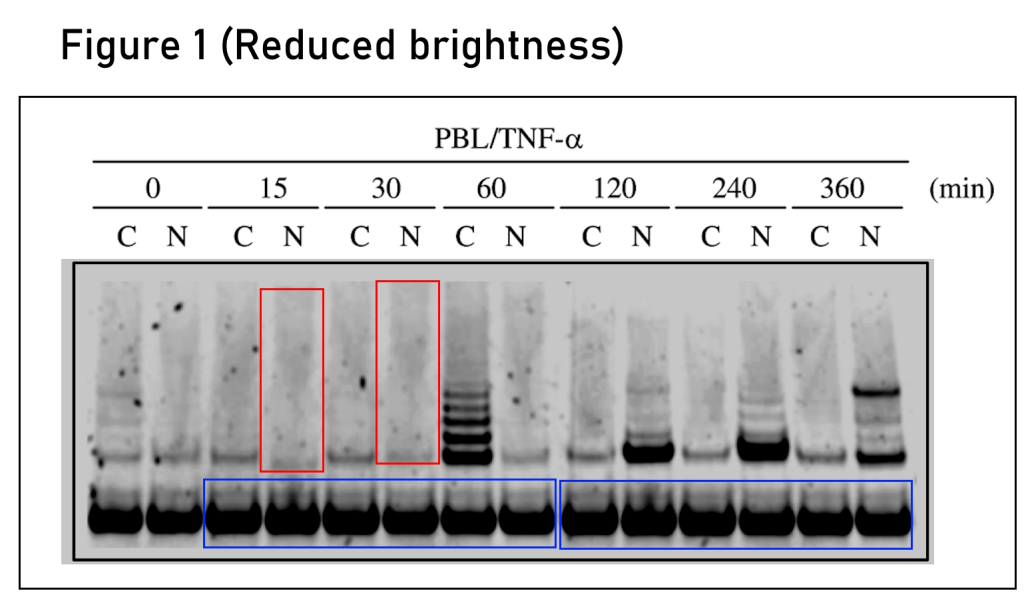
Some of Ken’s associates seem curiously dependent on him for their own research career; DFCI program director and Harvard professor Nikhil C. Munshi is a good example (there are others) who appears to have almost no independent activity.
Noopur Raje, Shaji Kumar, Teru Hideshima, Aldo Roccaro, Kenji Ishitsuka, Hiroshi Yasui, Norihiko Shiraishi, Dharminder Chauhan, Nikhil C. Munshi, Simon R. Green, Kenneth C. Anderson Seliciclib (CYC202 or R-roscovitine), a small-molecule cyclin-dependent kinase inhibitor, mediates activity via down-regulation of Mcl-1 in multiple myeloma Blood (2005) doi: 10.1182/blood-2005-01-0320

Around 2010 Ken retracted three papers in quick succession (Okawa et al 2008, Tai et al 2009, Gatt et al 2010), apparently because the cell lines were mixed up, and to be fair, it does seem like mixing things up is rather in Ken’s wheelhouse, but it does leave one wondering… Was an investigation into the affair ever held? Or were the retractions prompted by secret investigation? How much research funding can you waste on these blunders at DFCI without any consequences or any public comment?
In conclusion: a swathe of research coming out of DFCI authored by the most senior researchers and managers appears to be hopelessly corrupt with errors that are obvious from just a cursory reading the papers.
Imagine what mistakes might be found in the raw data if anyone was allowed to look!
As it happened to the Dean of Harvard Medical School, George Q Daley:
Lopez-Otin and Daley retract Nature Cell Biology paper
The 2015 Nature Cell Biology paper by the Spanish cancer researcher Carlos Lopez-Otin and his US partner George Q Daley, stem cell titan and dean of Harvard Medical School, is being retracted. First author and Lopez-Otin’s student Clara Soria-Valles caused Daley even more trouble: her next groundbreaking paper was meant to be already published, but…
As time marches on, methods have become more “genomical”, and in a lot of ways, harder to scrutinize. I had a go at replicating some of the gene expression analysis in Irene’s papers (for example, see here), and it doesn’t look hopeful, but it isn’t worth anyone’s time to write such comments if obvious errors in images are going to be left unmolested for years at a time.
In 2017, DFCI’s own future Nobel Prize winner William G. Kaelin Jr wrote an opinion piece in Nature, lamenting the proliferation of papers focusing on “impact” rather than robustness, burying weak data in supplements, cherry picking, and other poor practices, he didn’t mention fraud, although there are still some interesting quotes.
“The main question when reviewing a paper should be whether its
William G. Kaelin Jr Nature (2017)
conclusions are likely to be correct, not whether it would be important
if it were true. Real advances are built with bricks, not straw. “
What exactly is the building material of choice at DFCI?
Gregg Semenza: real Nobel Prize and unreal research data
“Even after people have been telling you for, you know, 20 years or more that it’s going to happen, no one expects it.” -Gregg Semenza, Nobel Prize winner 2019
Credit should go to the anonymous and named commenters on PubPeer, Bill and Ken’s papers have been annotated over the last ten years, I presume frequently by Clare Francis. Some of the more recent comment’s especially on Irene’s papers were left by me, sometimes with the help of ImageTwin.ai. Other known contributors include Cheshire, and Elisabeth Bik. Written with some help from Leonid.

I thank all my donors for supporting my journalism. You can be one of them!
Make a one-time donation:
I thank all my donors for supporting my journalism. You can be one of them!
Make a monthly donation:
Choose an amount
Or enter a custom amount
Your contribution is appreciated.
Your contribution is appreciated.
DonateDonate monthly

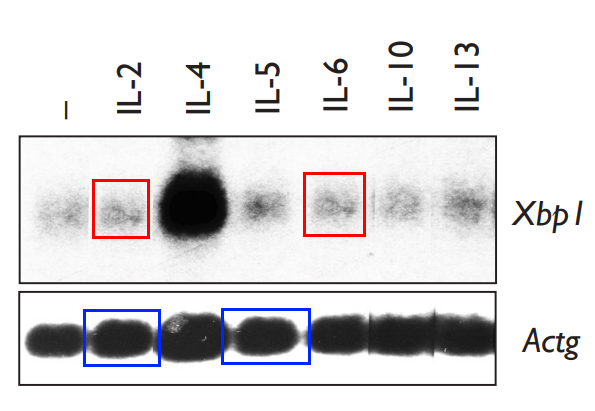
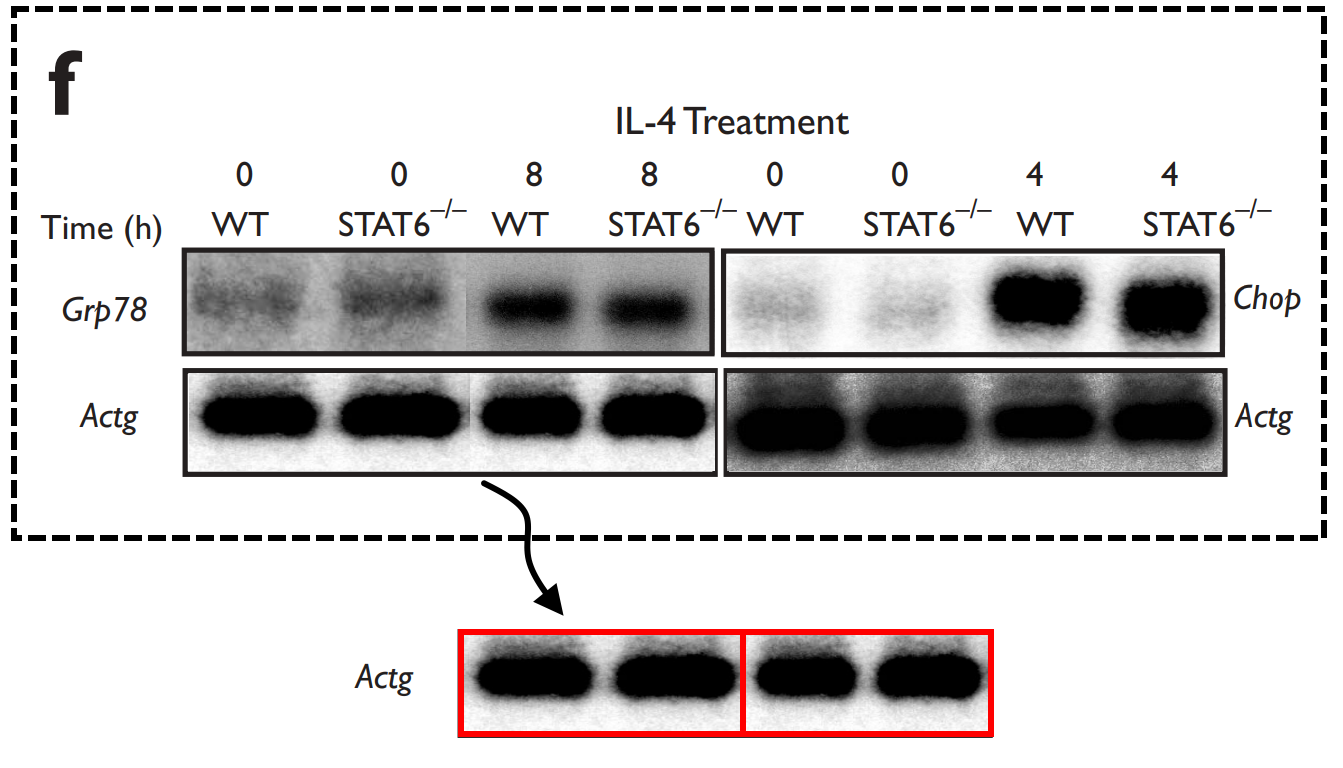
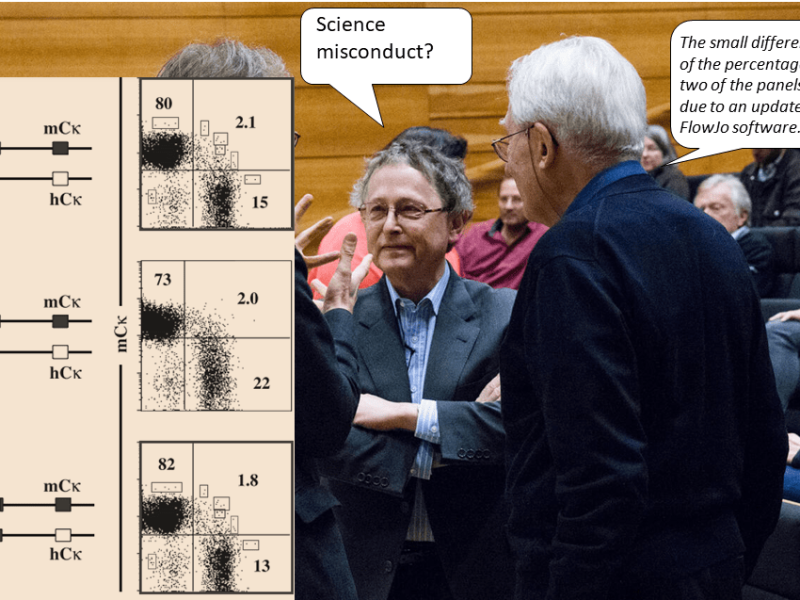
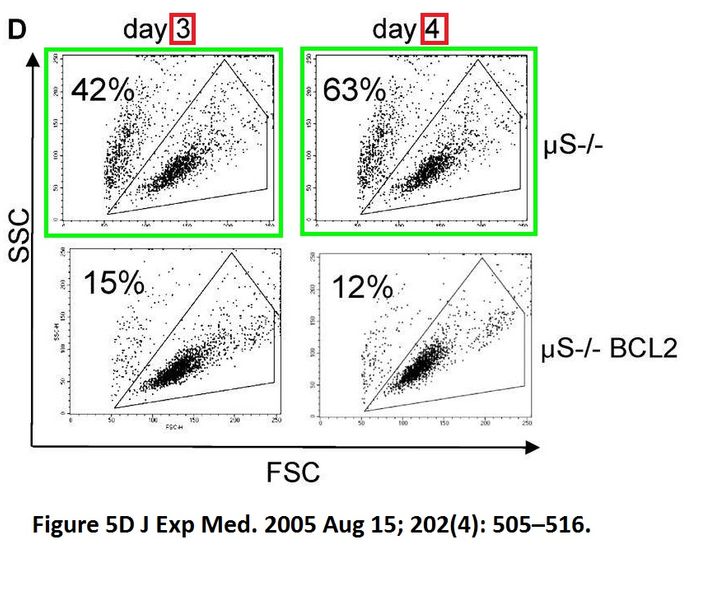

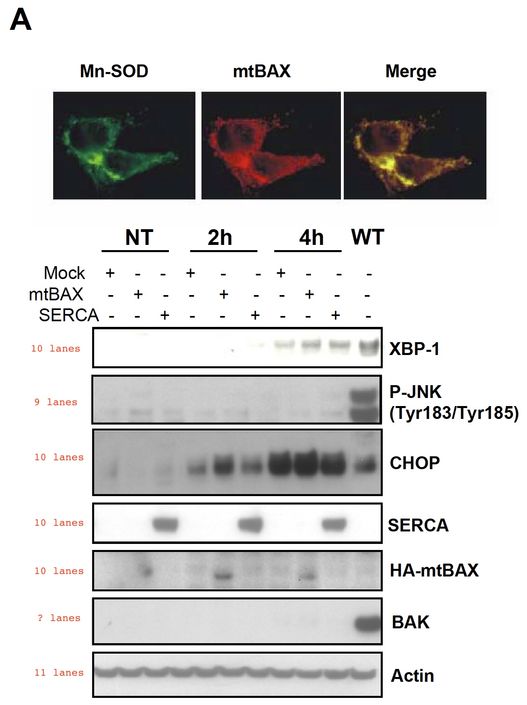
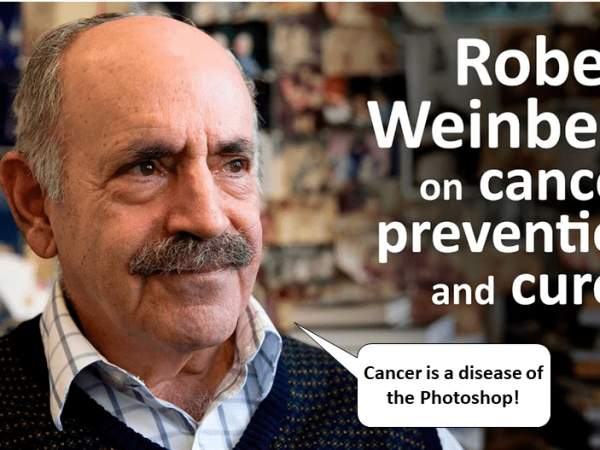

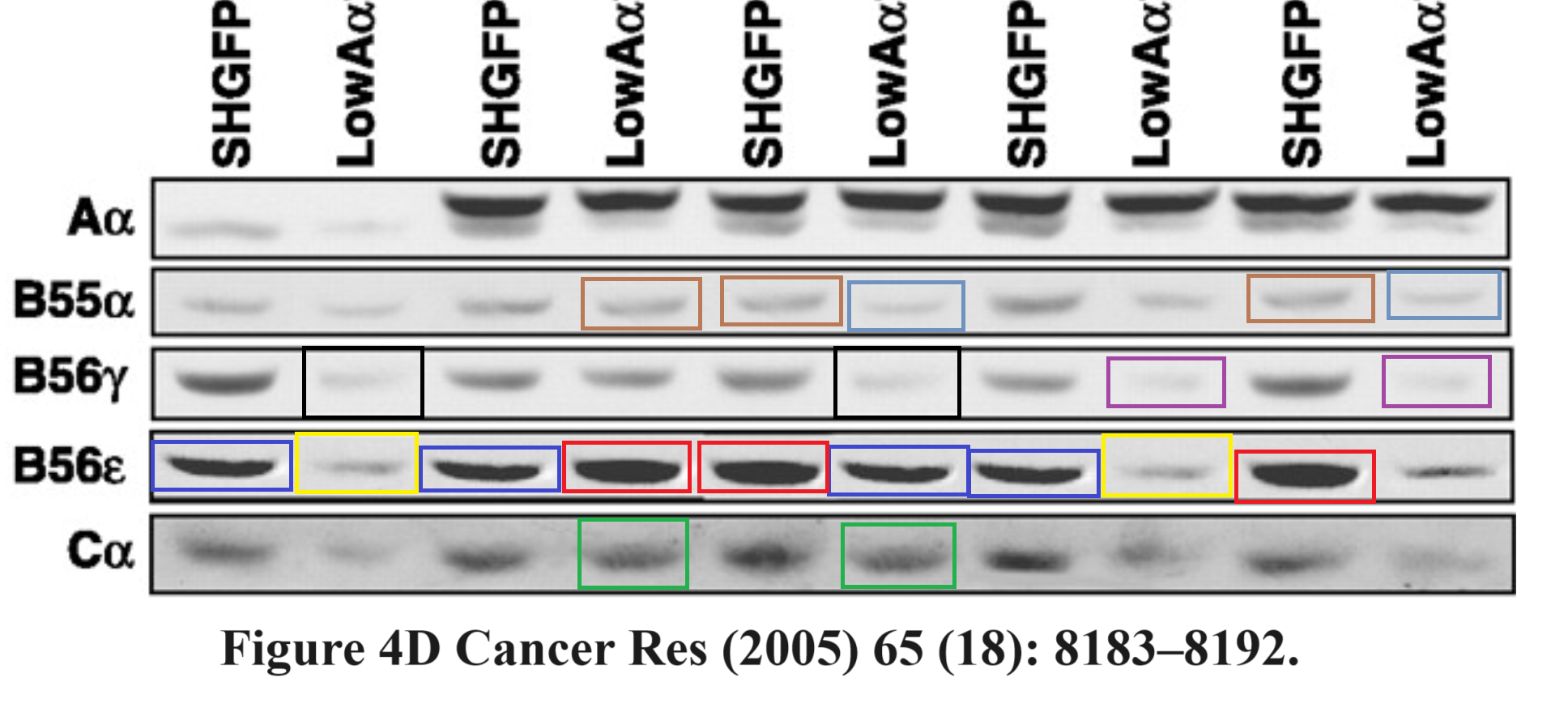
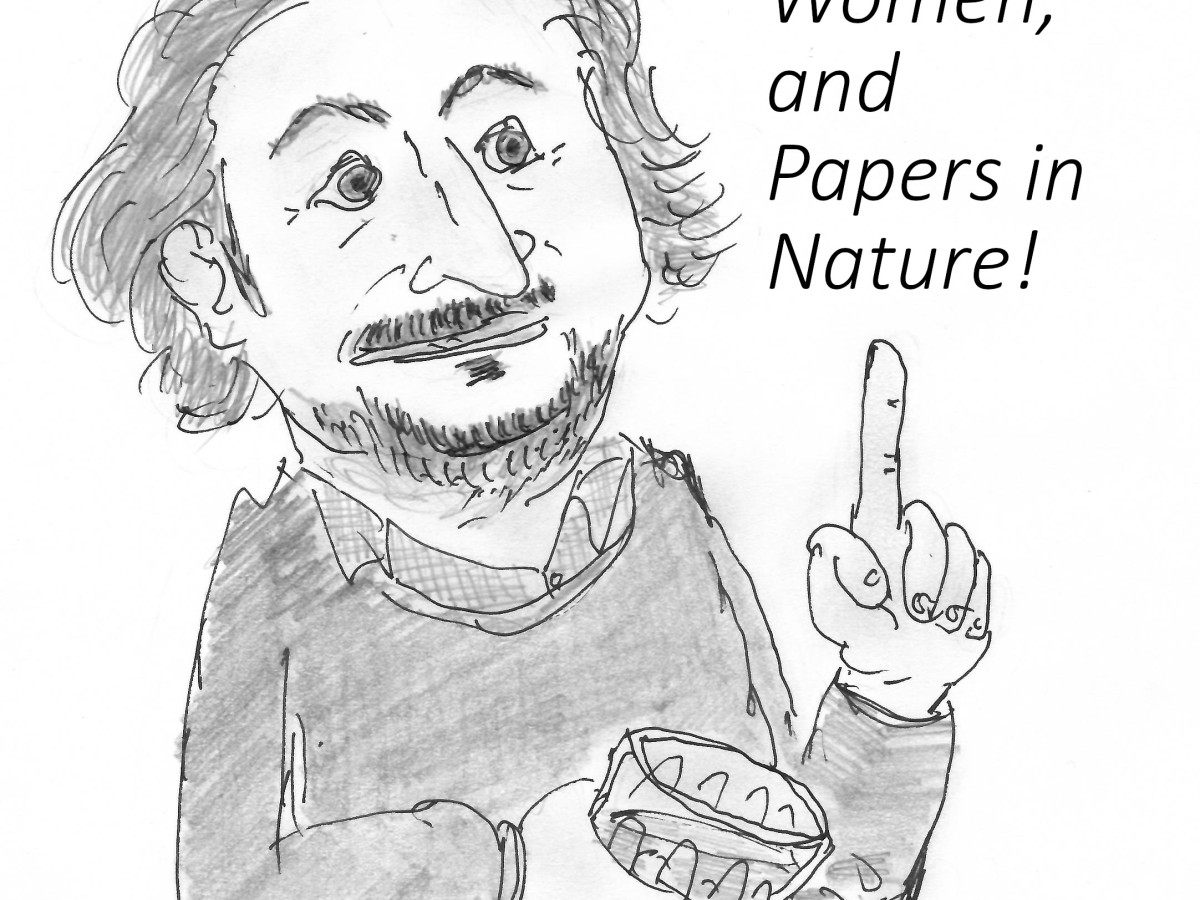
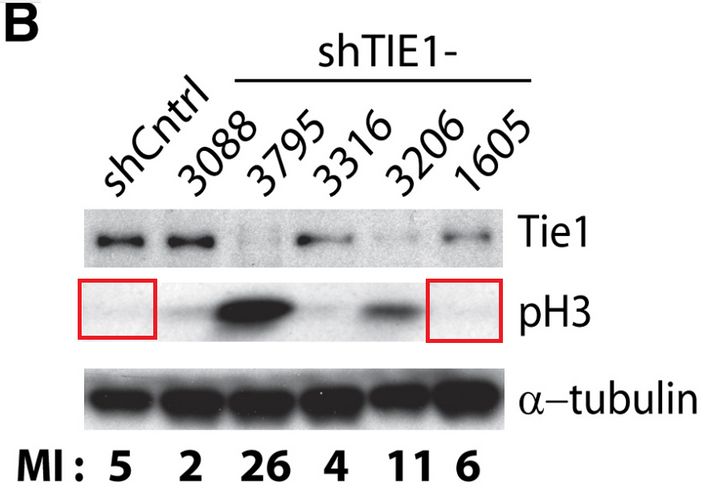

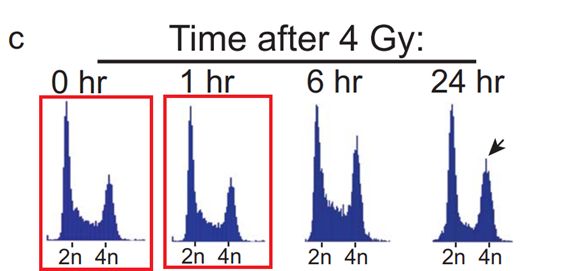
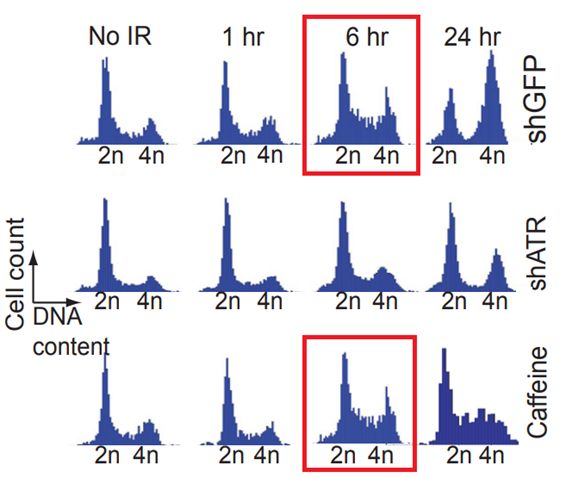

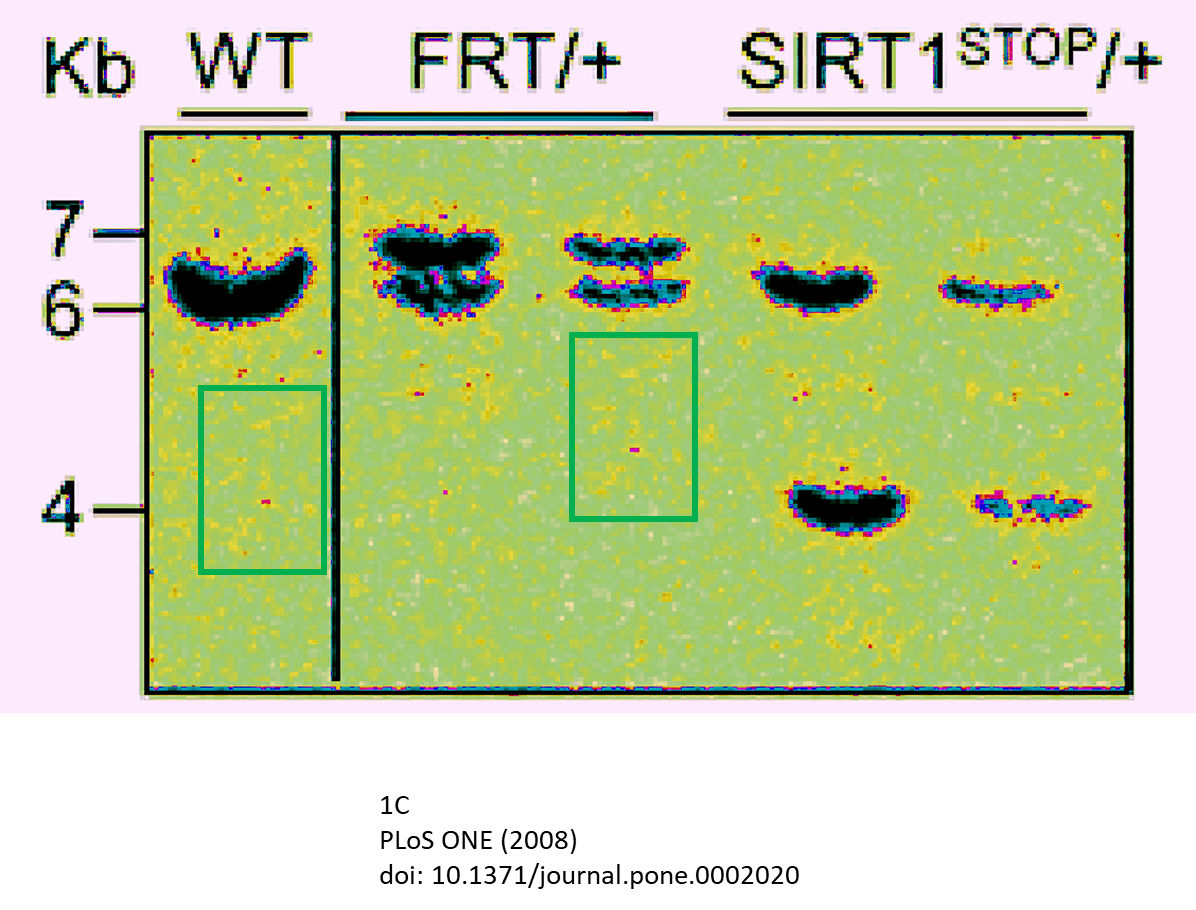

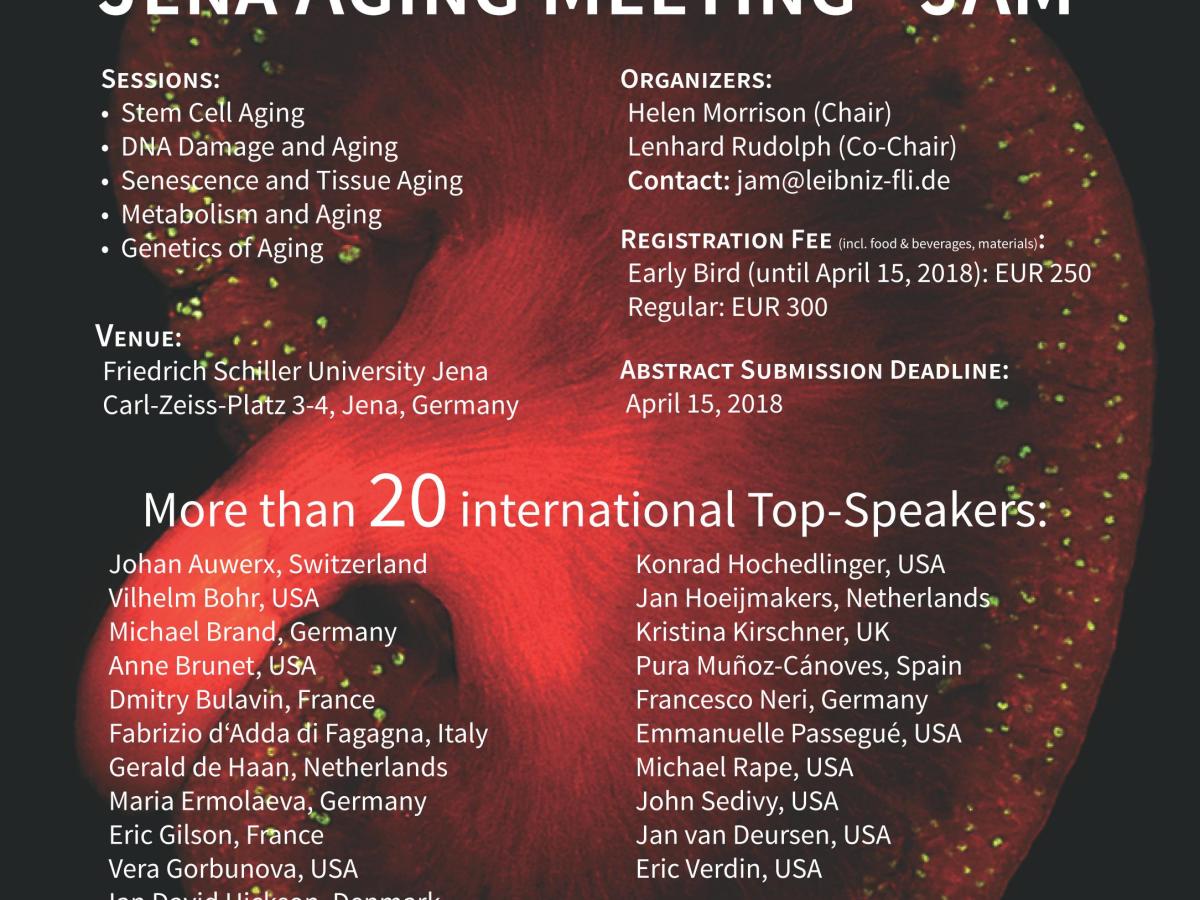
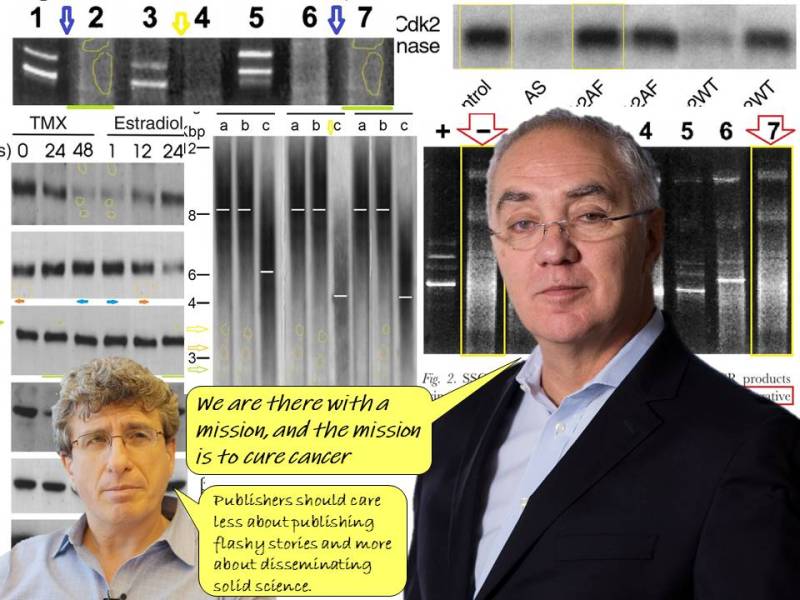




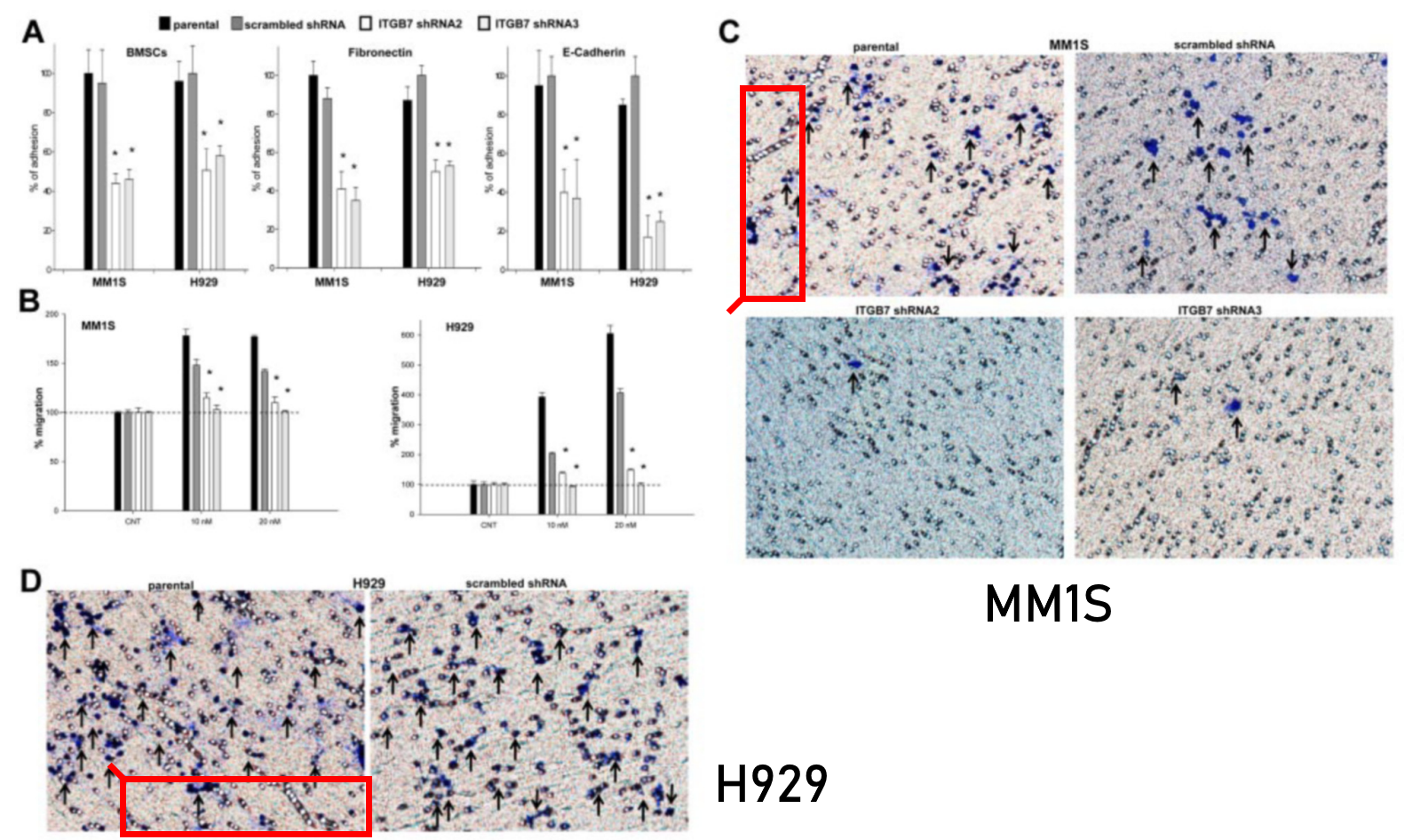
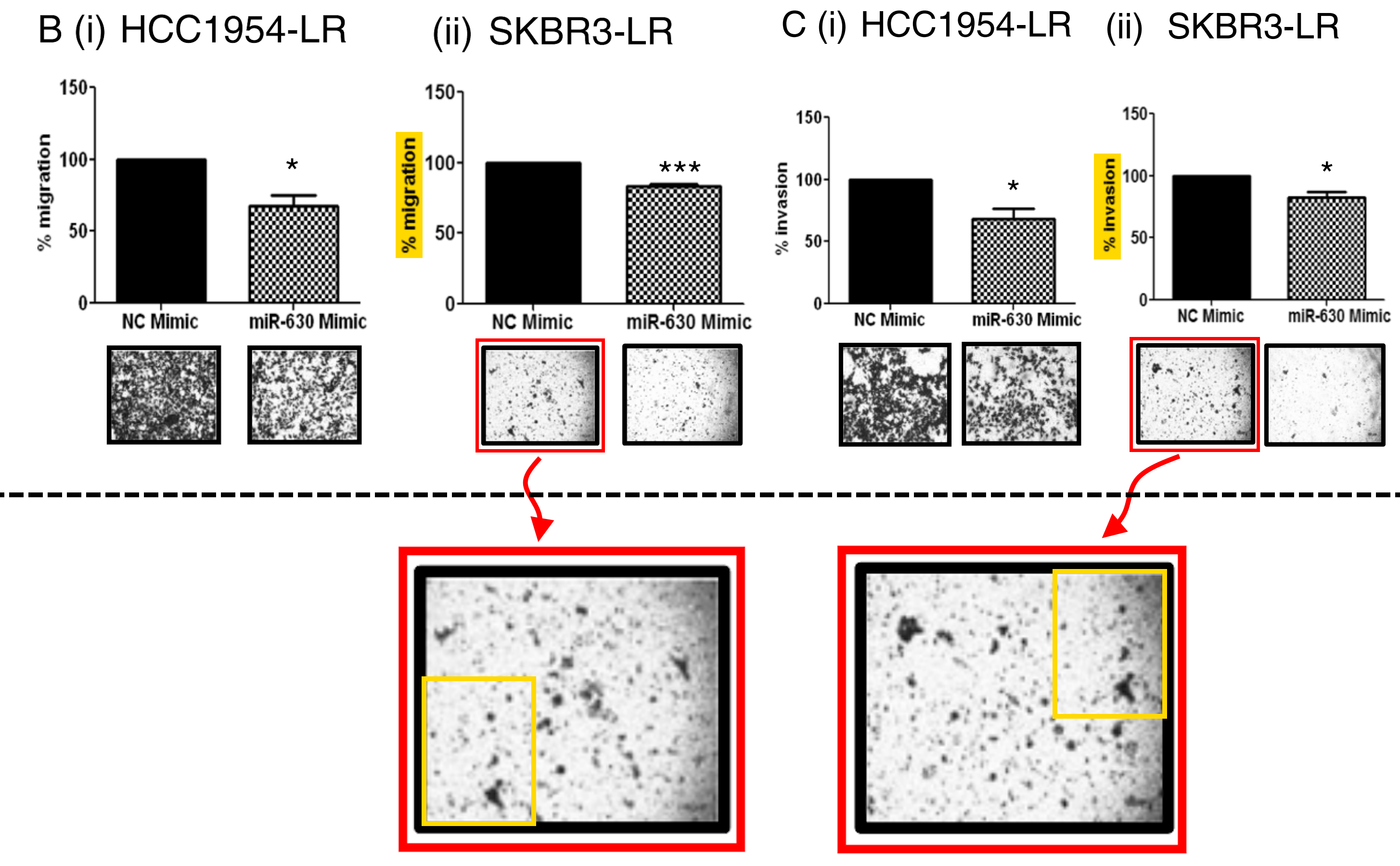
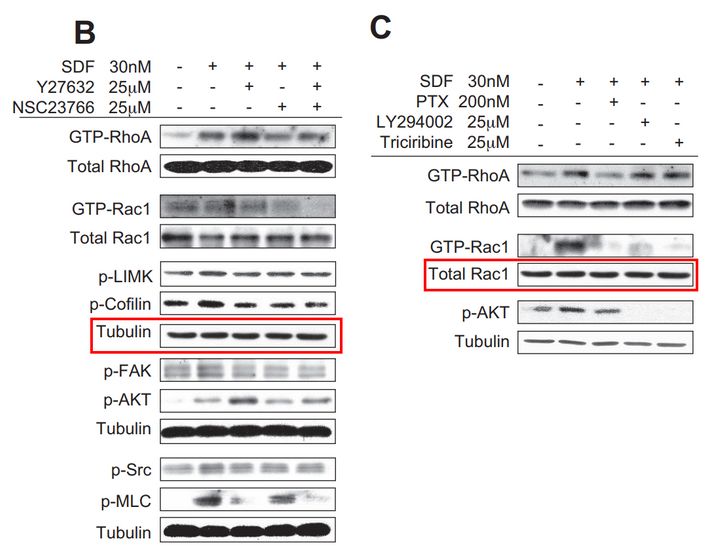


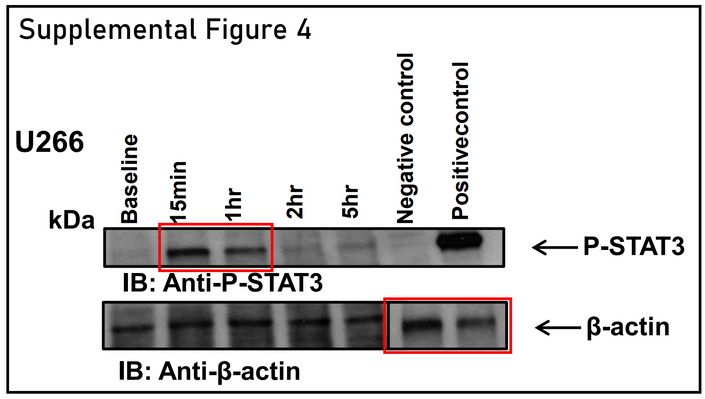
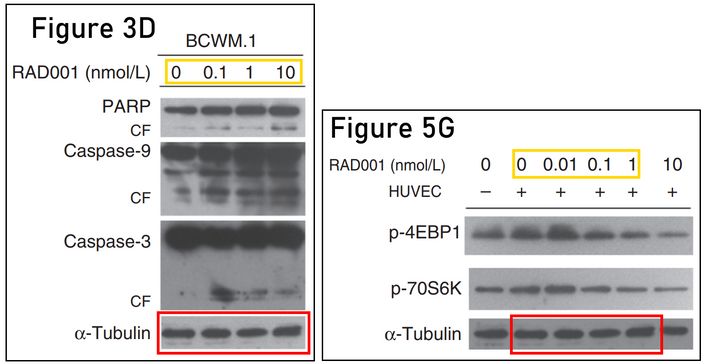


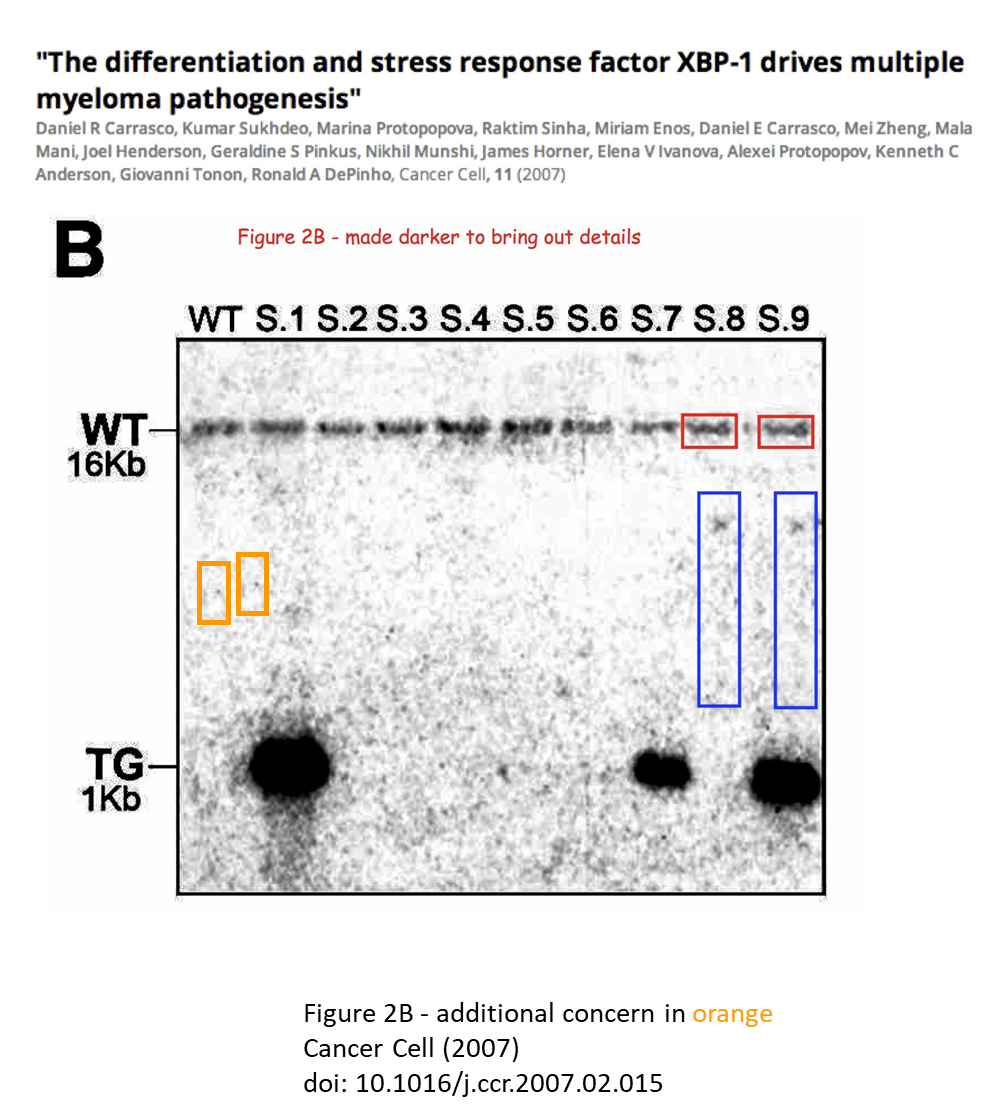
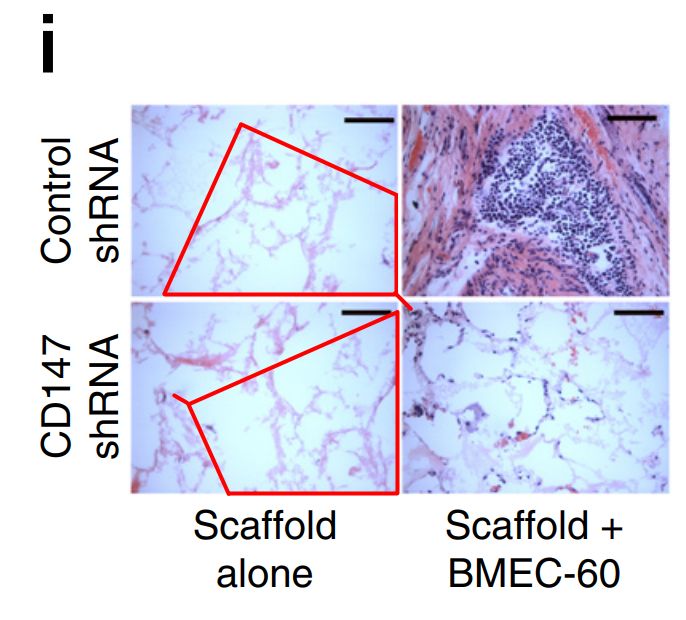
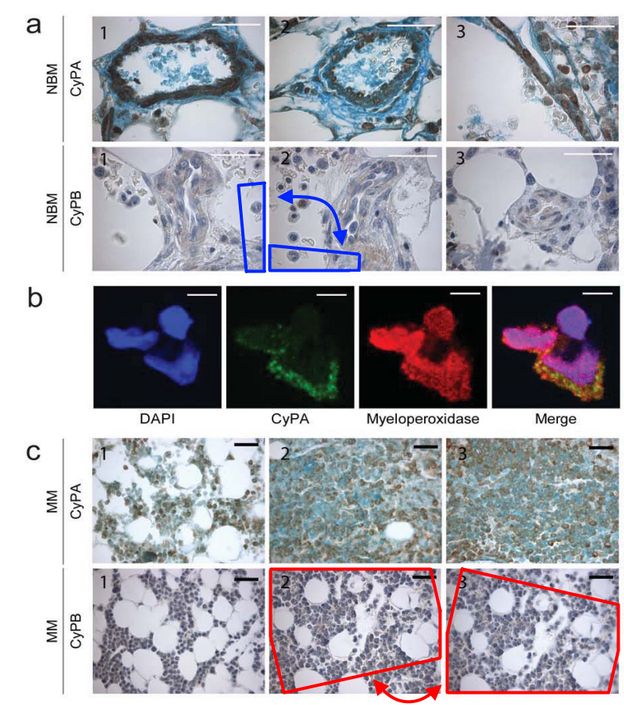

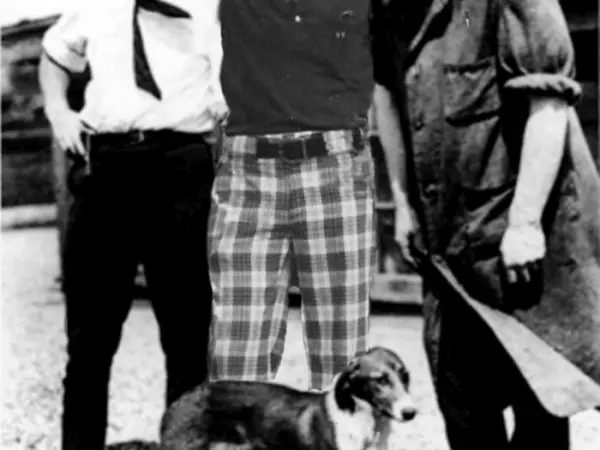
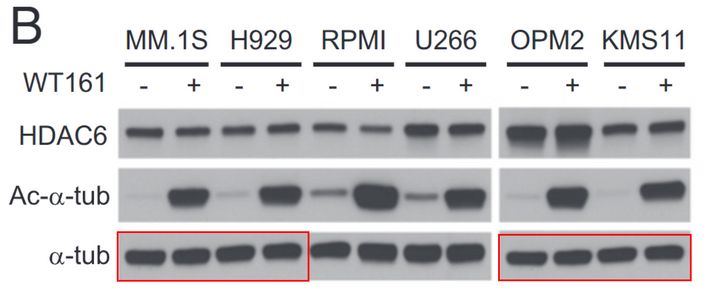
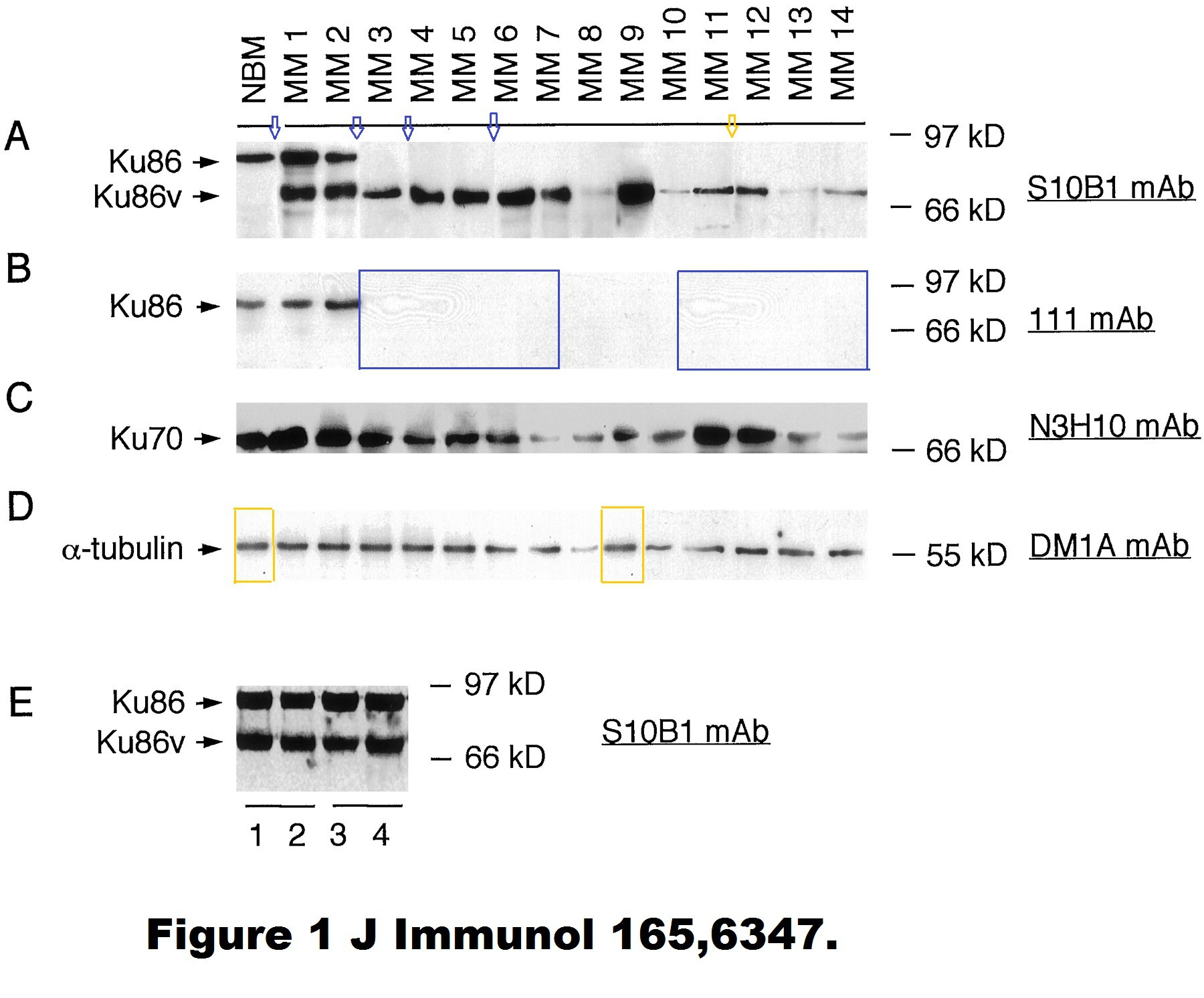
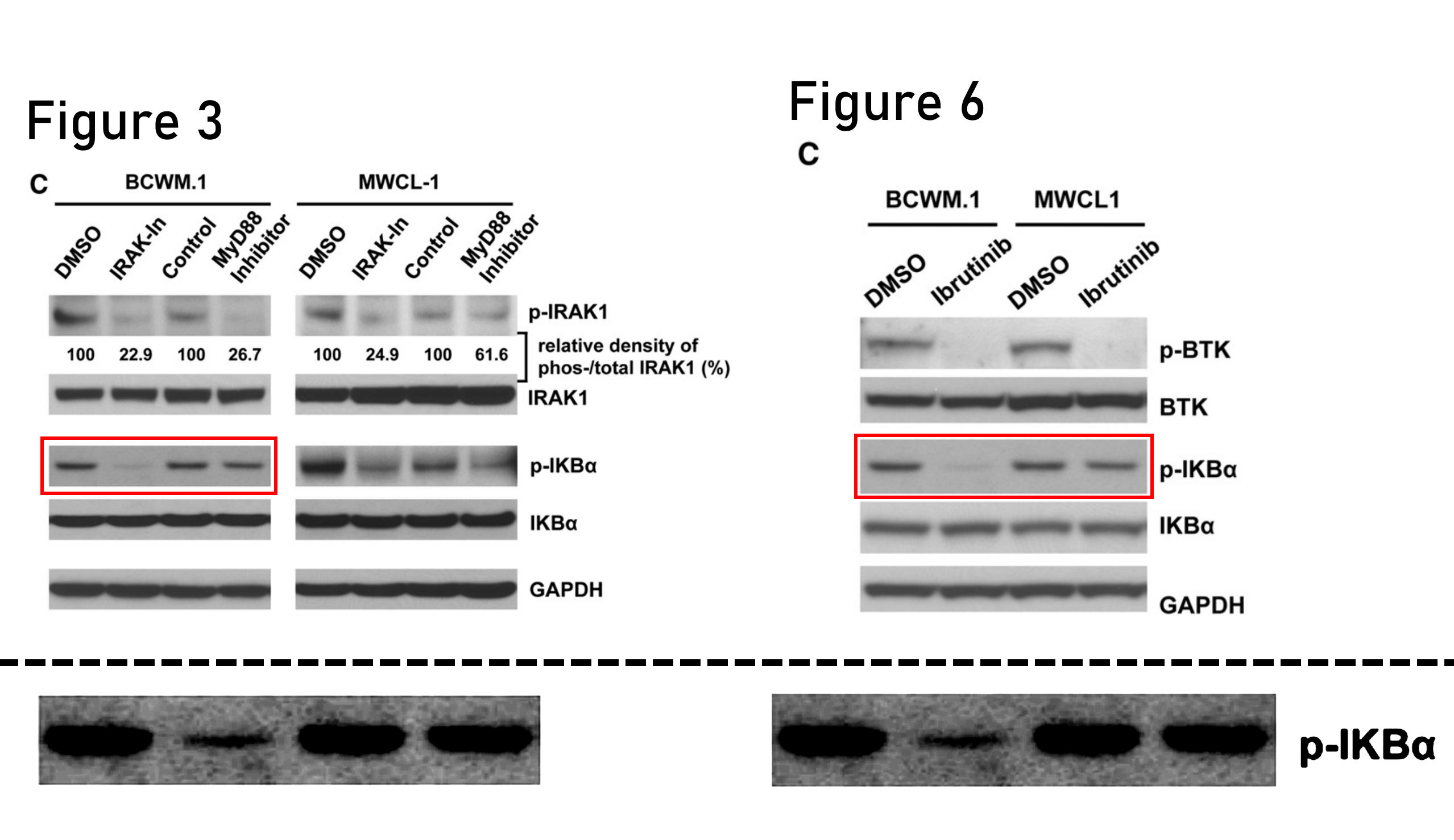
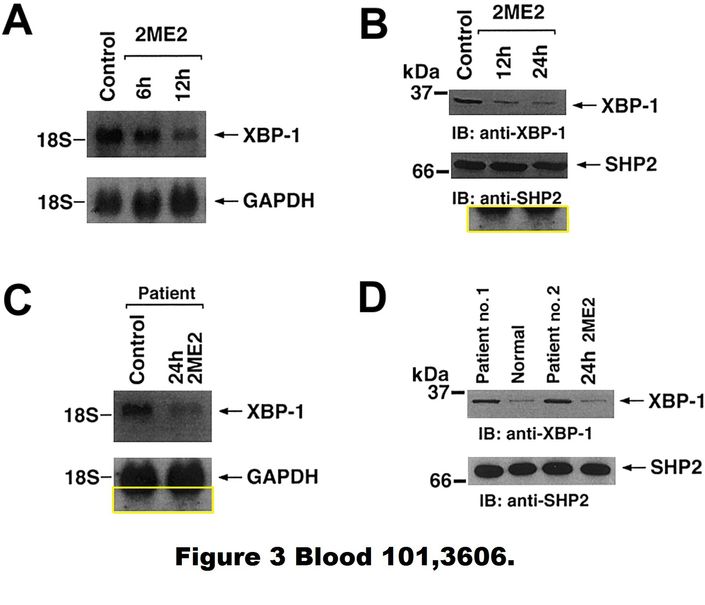

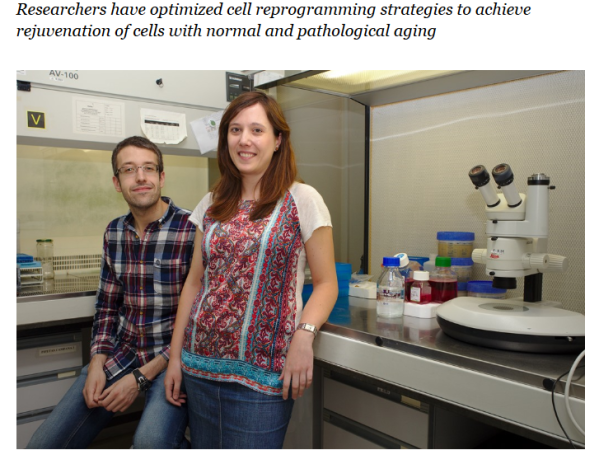
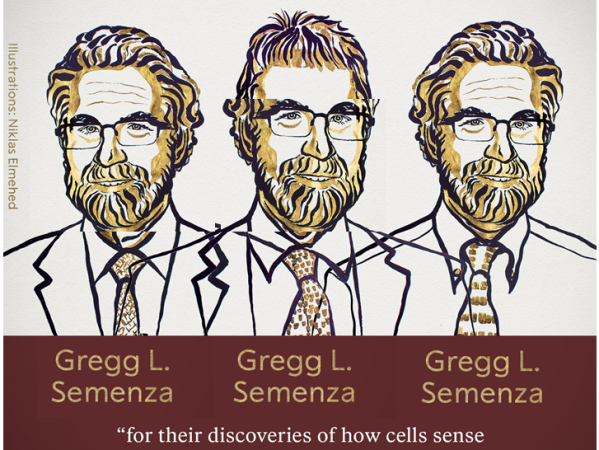

WSJ also reporting 6 retractions.
https://www.wsj.com/health/dana-farber-harvard-retractions-corrections-ceo-laurie-glimcher-935636f5
LikeLike
WSJ coverage: https://www.wsj.com/health/dana-farber-harvard-retractions-corrections-ceo-laurie-glimcher-935636f5?st=wm802anfndebyx8&reflink=desktopwebshare_permalink
LikeLike
With the sudden flurry of interest in this story, Leonid has mentioned that some people may like to support this work financially. I currently have one very kind supporter on Patreon, and you may donate on PayPal if you wish (links in this comment). I would also like to say that For Better Science is kindly hosted by Leonid, who encourages the publication of potentially controversial blogs like this, For Better Science accepts donations too.
My Patreon: https://www.patreon.com/SholtoDavid
My Paypal: https://www.paypal.com/paypalme/sholtodavid
LikeLike
You might want to ask a certain american billionaire to support you: Bill Ackerman
You may never have to work a real science job again for the rest of your life. Are you willing to sell out the future of pushing the frontiers of scientific research for Ackerman’s dollars? Yes or No?
LikeLike
Ackman couldn’t even get his dear friend Sabatini a new job in USA! Poor mTORman had to go to Prague…
LikeLike
New York Post.
https://nypost.com/2024/01/22/news/harvard-teaching-hospital-to-retract-papers-by-top-researchers/
LikeLike
https://www.bloomberg.com/news/articles/2024-01-22/harvard-s-dana-farber-seeks-retractions-after-data-manipulation-alleged
LikeLike
https://www.science.org/content/article/errors-found-dozens-papers-top-scientists-dana-farber-cancer-institute
LikeLike
Huh, Science links to For Better Science? Are they unwell or what?
I actually fully agree with Rollins:
““The presence of image discrepancies in a paper is not evidence of an author’s intent to deceive,” he wrote to ScienceInsider. “That conclusion can only be drawn after a careful, fact-based examination which is an integral part of our response. Our experience is that errors are often unintentional and do not rise to the level of misconduct.””
They only find misconduct when they decided to get rid of someone, like a whistleblower.
LikeLike
Daily Mail. British newspaper. Quite good with pictures.
https://www.dailymail.co.uk/news/article-12993089/dana-farber-cancer-institute-harvard-medical-data-manipulation.html
LikeLike
“Dr Laurie co-authored several papers, one of which was accused of having dodgy data, with Claudio Hetz, a disgraced neuroscientist.”
haha.
LikeLike
“Dana-Faber Cancer Institute in Boston…moved quickly in recent days to address allegations…”
is not true. Comments about image duplication in Kenneth C Anderson publications started to appear in 2013 at Pubpeer.
https://pubpeer.com/publications/CE69165B0C29963BA10D4379015B72
https://pubpeer.com/publications/84080BD2844B161EB34F2479AC20E2
https://pubpeer.com/publications/B298BFBA2052BAF776008F0135A192
LikeLike
I edited this blog because I said Irene works on “melanoma” rather than “multiple myeloma” – silly mistake pointed out by a reader.
LikeLike
38 papers with problems…6 retractions… and these are just the papers with OBVIOUS image manipulation. Just imagine how many more would come to light if the raw data was made available!
LikeLiked by 2 people
I think this is really an important point. The sloppiness of these duplicated blots and mice is troubling, but duplications are only a narrow window into the problem. They are a sub-category of mislabelled images.
LikeLike
Finally DFCI strikes back.
January 23, 2024.
https://www.dana-farber.org/newsroom/news-releases/2024/boston-magazine-named-125-physicians-affiliated-with-dana-farber-cancer-institute-to-annual-top-doctors-guide
More than 125 Dana-Farber affiliated faculty named as 2024 Top Doctors™ in Boston Magazine
The list is alphabetical, so you find ken Anderson right away!
LikeLike
British molecular biologist Sholto David and ForBetterScience.com
have major headlines at The New York Times today
The New York Times is linking ForBetterScience.com
As you can read here, Dr. David found faulty data in 58 published studies of Dr. Laurie Glimcher, and Dr. William Hahn,both linked to Dana-Farber Cancer Institute, a center affiliated with Harvard.
On Monday, research integrity officer of Dana-Farber said
that six manuscripts will be retracted and another 31 will be corrected
and a last one is in “no man’s land.”
The data of the rest of flagged papers was produced in laboratories out of Dana-Farber.
I don’t know if I should write “congratulations to you” because some papers that are going to be retracted
were seminal and these ones are sad times.This fraud has meant significant amounts of money spent, time spent by serious scientists and laboratories
around the world in this scam and, above all, cancer patients suffering and dying and their families going through this horror
“Great work” would be better coz I think bringing these charlatans to light is important.
“Top Cancer Center Seeks to Retract or Correct Dozens of Studies”
by Benjamin Mueller published at The New York Times
2024 January.22
https://www.nytimes.com/2024/01/22/health/dana-farber-cancer-studies-retractions.html
LikeLike
Nothing will happen. Harvard will not show any of them the door. The culture will continue. The authors of the to be retracted papers will all feel “targeted” for what they did.
The retractions have not been specified.
The fact that Harvard appears to be requesting 6 retractions does not mean that retractions will happen. Journals frequently take years to retract papers, and sometimes refuse to retract a paper even when the hone institutions request retractions.
LikeLike
just saw this in WSJ – sorry paywalled – but for what its worth “Harvard Teaching Hospital Seeks Retraction of Six Papers by Top Researchers” : Dana-Farber Cancer Institute is reviewing more than 50 papers, including work of the hospital’s CEO https://www.wsj.com/health/dana-farber-harvard-retractions-corrections-ceo-laurie-glimcher-935636f5
You guys are way ahead of the rest. Cheers, Williiam
LikeLike
There is a typo early in the article, “provide” is spelled “provdie”
LikeLike
“zombie scientist”?
LikeLike
See
LikeLike
China Daily newspaper reporting, the largest English portal in China. It might report in the problematic data in China, but that is another matter, for another day
https://www.chinadaily.com.cn/a/202401/23/WS65af3cc5a3105f21a507dda8.html
LikeLike
To be fair to the Dana Faber Cancer Institute problematic data is not confined there, but is all over Harvard. It seems to be below Harvard to check anything, but then silence is the best policy.
https://pubmed.ncbi.nlm.nih.gov/26799633/
Commented at Pubpeer July 2022.
https://pubpeer.com/publications/1DC9B0E2F601CE95EBA2AA1041A751#
Only now, January 2024 do we get a reply. I wonder why that is.
https://pubpeer.com/publications/1DC9B0E2F601CE95EBA2AA1041A751#2
Shared penultimate author with this paper
https://pubpeer.com/publications/2B08677C67C60C62306C03B5E1B7AB
Second author here
https://pubpeer.com/publications/A5D891B1D3647D67DA18BE705876D8
Senior author here
https://pubpeer.com/publications/611F8725FF7DF53BFD445DB6237866
You can’t tell by looking at people, Francis Galton made that mistake, but you might get an idea by looking at their data.
Being dowdy looking is no guarantee of scientific integrity.
https://eye.hms.harvard.edu/joanmiller
Another example at Harvard.
https://www.radcliffe.harvard.edu/people/barbara-b-kahn
https://pubpeer.com/search?q=barbara+b+kahn
LikeLike
CBS news.
https://www.cbsnews.com/boston/news/dana-farber-cancer-institute-boston-harvard-data-manipulation-claims/
LikeLike
Wow. NY Times story on your sleuthing. Mucho respect!
LikeLiked by 1 person
amazing that this was picked up and reported by NYTs. seems like real change could come from this! congrats
LikeLiked by 1 person
Thank you for your sleuthing. I am only an engineer. However, it is pretty obvious to me that almost all cancers are a metabolic problem. It is most definitely not a genetic problem. There has been an explosion of cancer cases in the USA over the past 50 years – but the genes have not changed. In fact, people who come to the USA from almost cancer-free countries rapidly become no different from the inhabitants of the USA.
How to avoid cancer.
1- Try to make your body more alkaline – drink alkaline mineral water for example.
2- Never use vegetable oils for cooking – use butter, ghee, lard or tallow.
3- Cut out sugar and artificial sweeteners.
4- Avoid places with chemtrails.
5- Never eat processed foods and fast foods.
6- Get lots of sunshine or consume plenty of vitamin D3 – 5 times what they say you should.
7- Go for a long walk every day.
8- Learn to cook for yourself.
BTW, I am 73. No one in my family has ever had cancers. I live at present in sunny Egypt.
LikeLike
Genius. Especially point 2. I would also add: avoid vaccines!
LikeLiked by 1 person
Sorry. I forgot to mention vaccines. I have not had one since my childhood.
LikeLike
Point 4 is my favorite. I wish he could be more detailed on this (or cite a “Frontiers”-paper).
LikeLiked by 1 person
Here you go.
https://www.frontiersin.org/articles/10.3389/fpubh.2016.00139/full
LikeLike
Omigod! the contrail conspiracy goes deeper (not only higher) than I thought. Eleven days from receipt of MS to acceptance; 14 days from acceptance to publication; and another 21 until retraction!
LikeLike
https://www.smithsonianmag.com/smart-news/top-harvard-cancer-institute-will-retract-six-studies-correct-31-more-after-photoshop-claims-180983642/
“Rollins [DFCI research integrity officer] himself is a co-author of two studies mentioned by David and will be recused from investigations about them. But he tells the Harvard Crimson’s Veronica H. Paulus and Akshaya Ravi that some of these studies were based on data from outside laboratories.”
The 2 studies are:-
https://pubpeer.com/publications/E0703B990C3296D3A563F7ED2497B0
and
https://pubpeer.com/publications/7302CC7E498BF25235E1EAEFCDEA9F
All the authors are at Harvard. I don’t see where the data from outside laboratories would come in.
The “But” by Barrett Rollins most likely is referring to other studies. On reading that extract it does sound that Barrett Rollins’ own problematic papers with Kenneth C Anderson and Irene Ghobrial depend on data from outside laboratories, as if that were an excuse, attempt to downplay the problems, explain problematic data away.
“Some of these”, if only 2, would only be 1.
The juxtaposition makes it confusing.
LikeLike
There is a phrase Harvard once liked to use about itself: “Every ship on its own bottom.” That is, the various subunits are supposed to be self-funding. Perhaps there’s been enough semantic shift that now “outside laboratories” means “any laboratory other than mine, even if it and mine are both at Harvard”?
(I am not, have never been, and surely never will be affiliated with Harvard in any way. So my account of what “Harvard once like to” do may be entirely mistaken!)
LikeLike